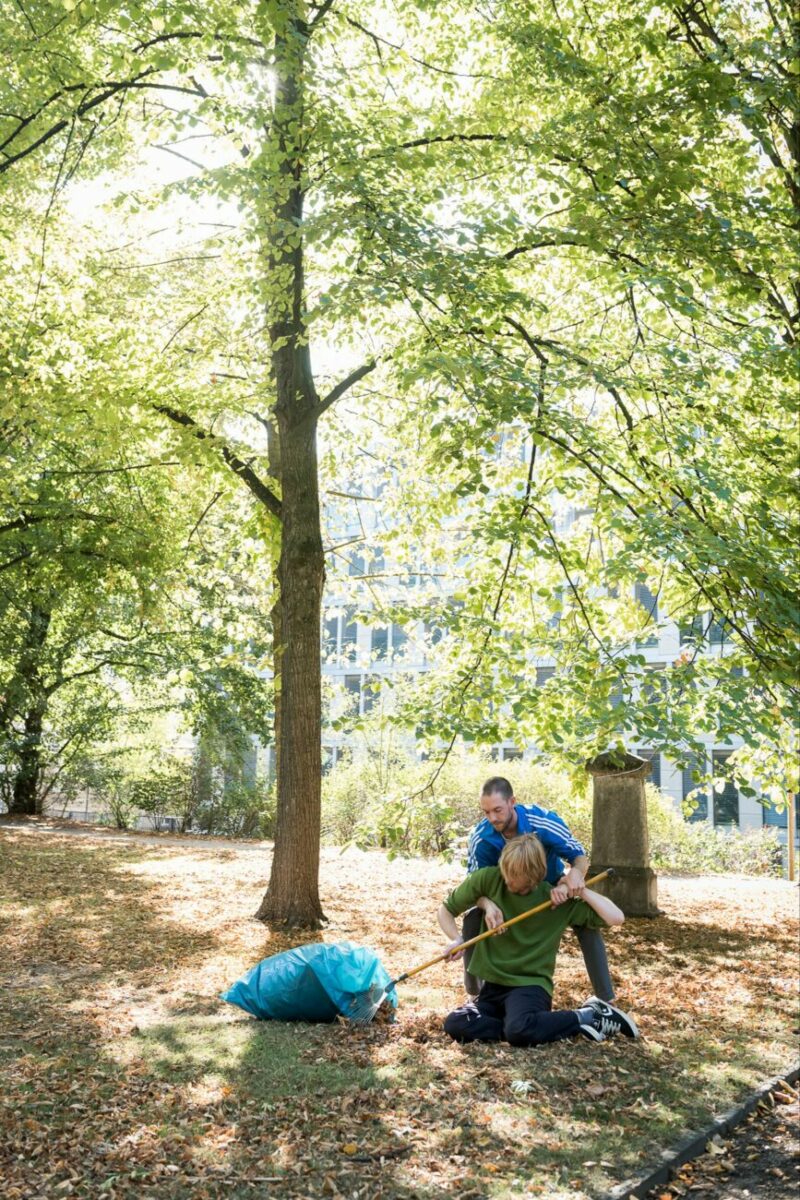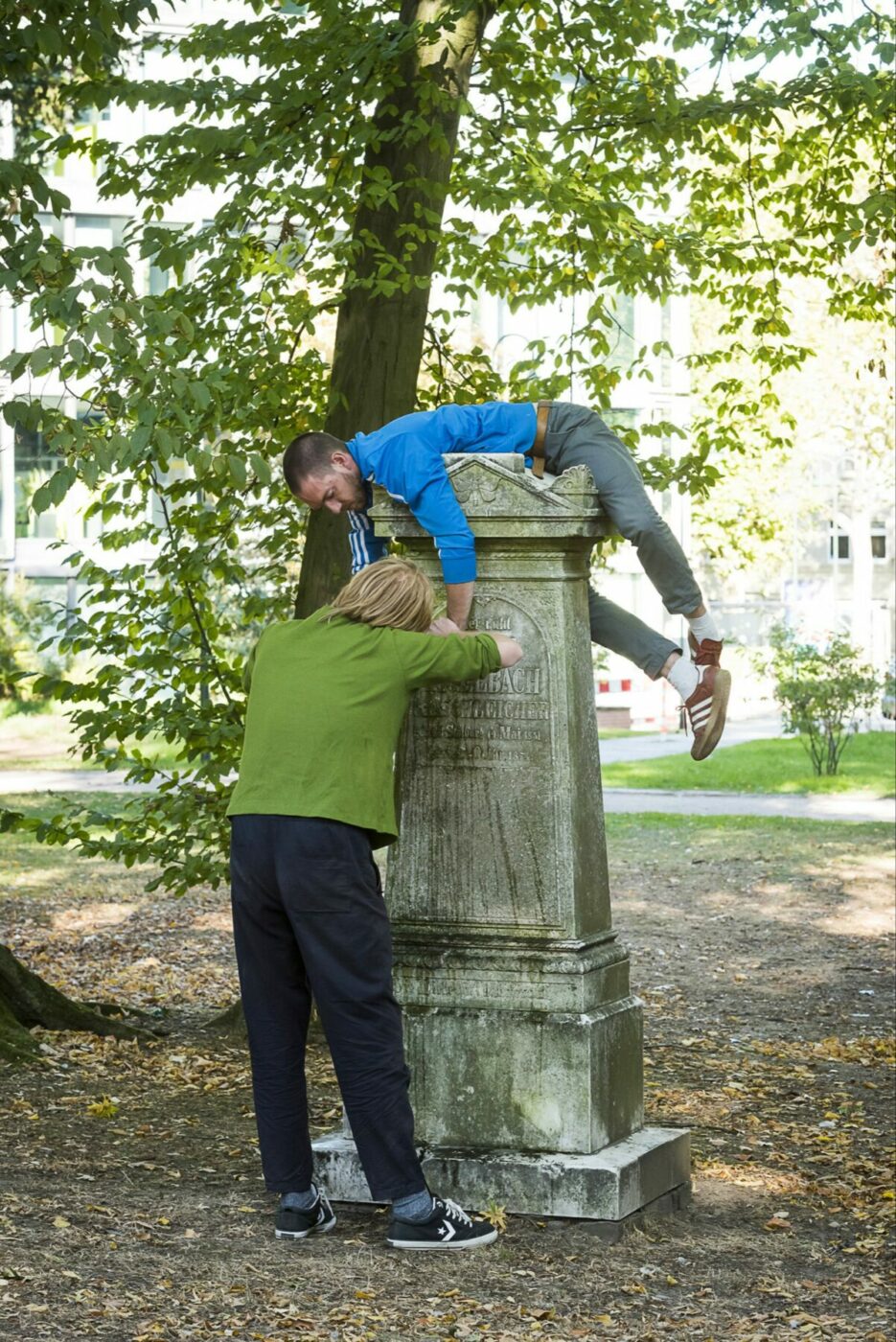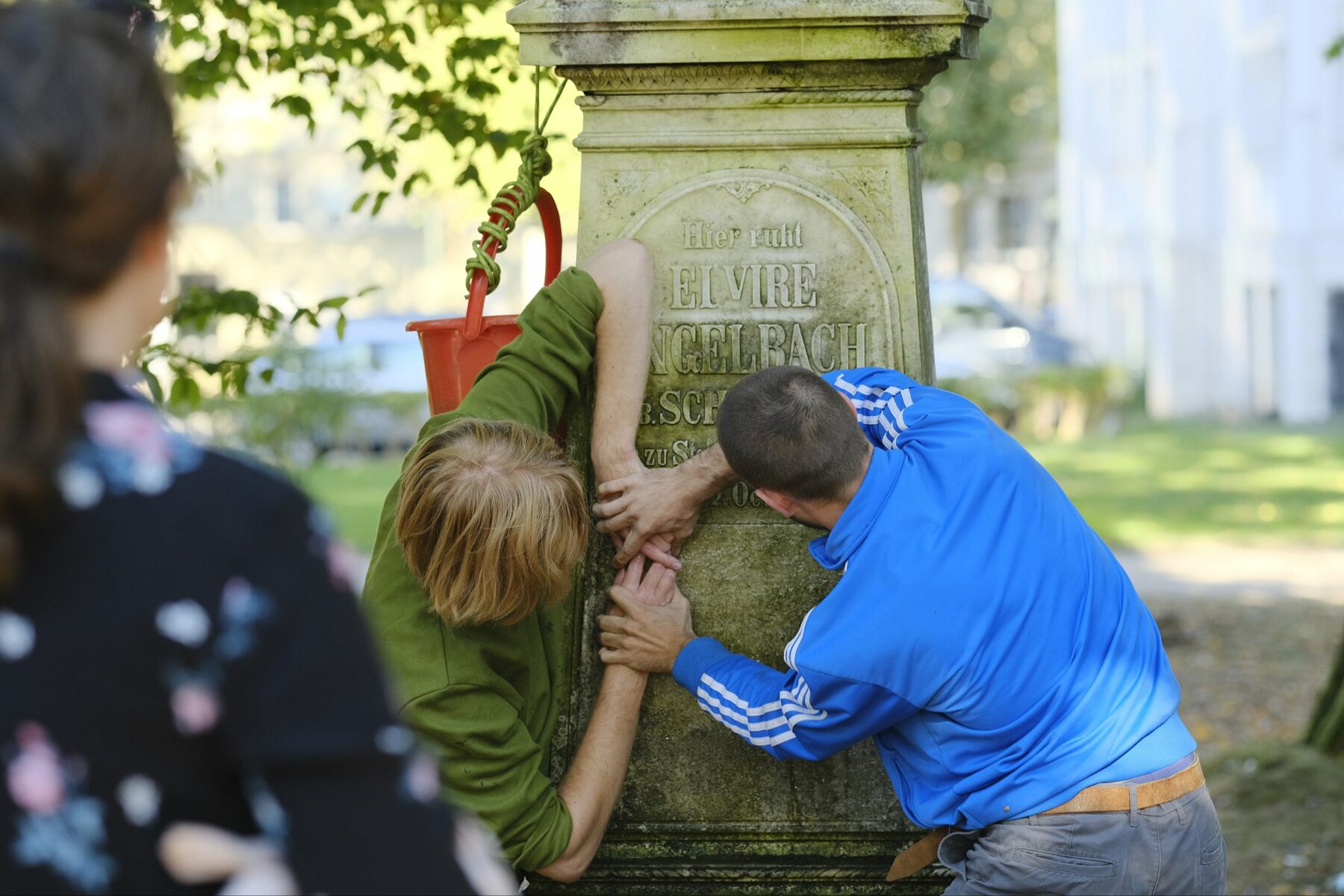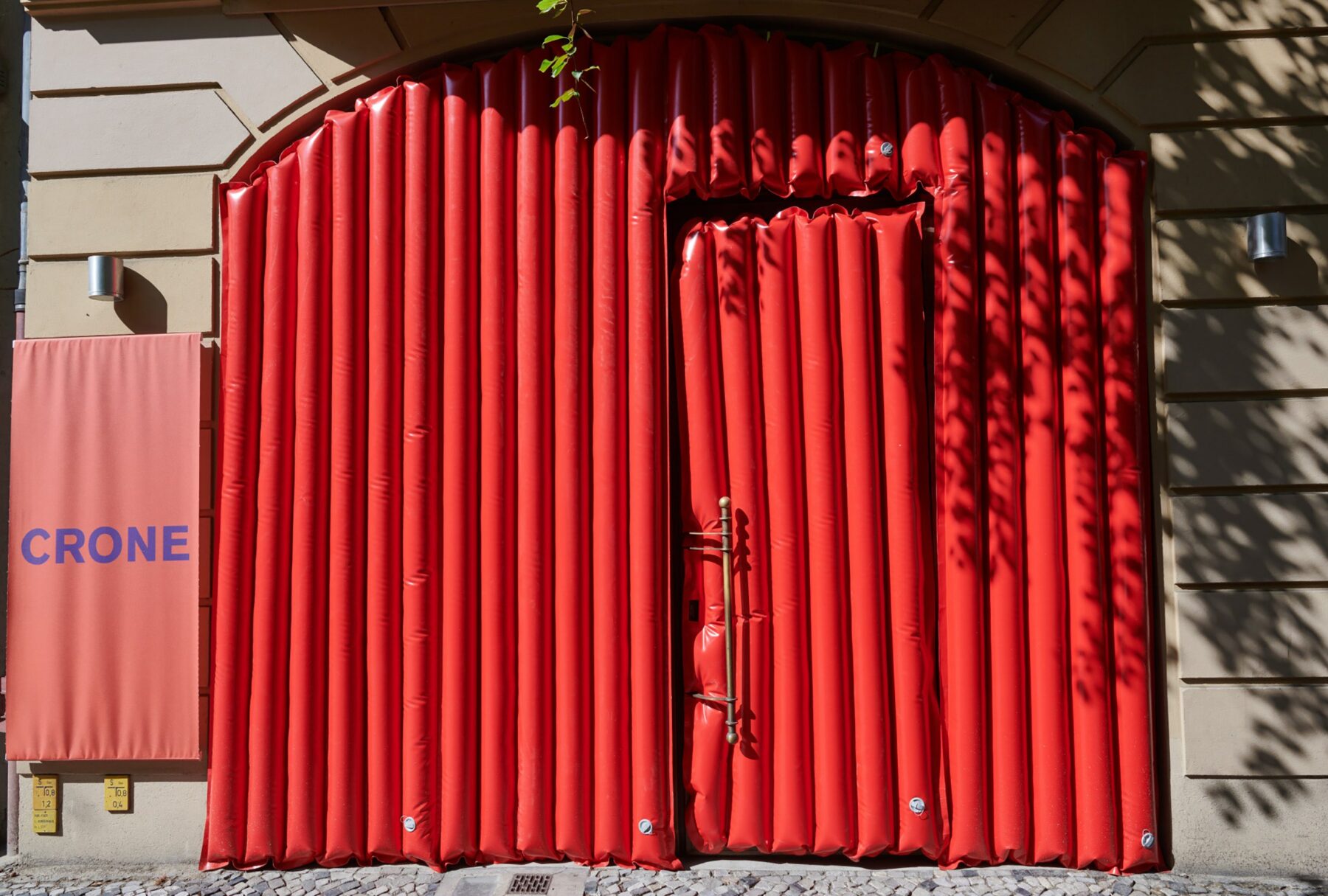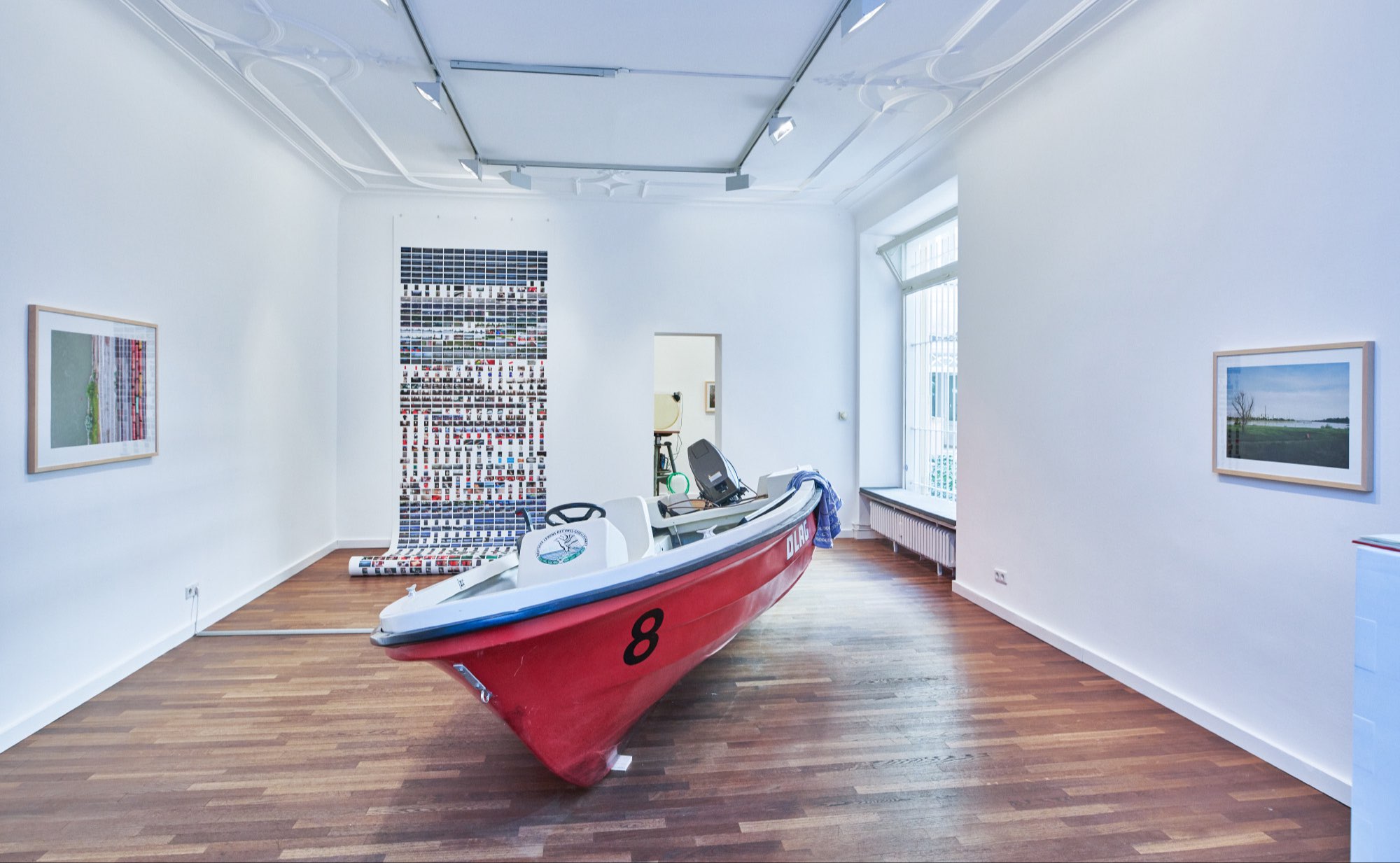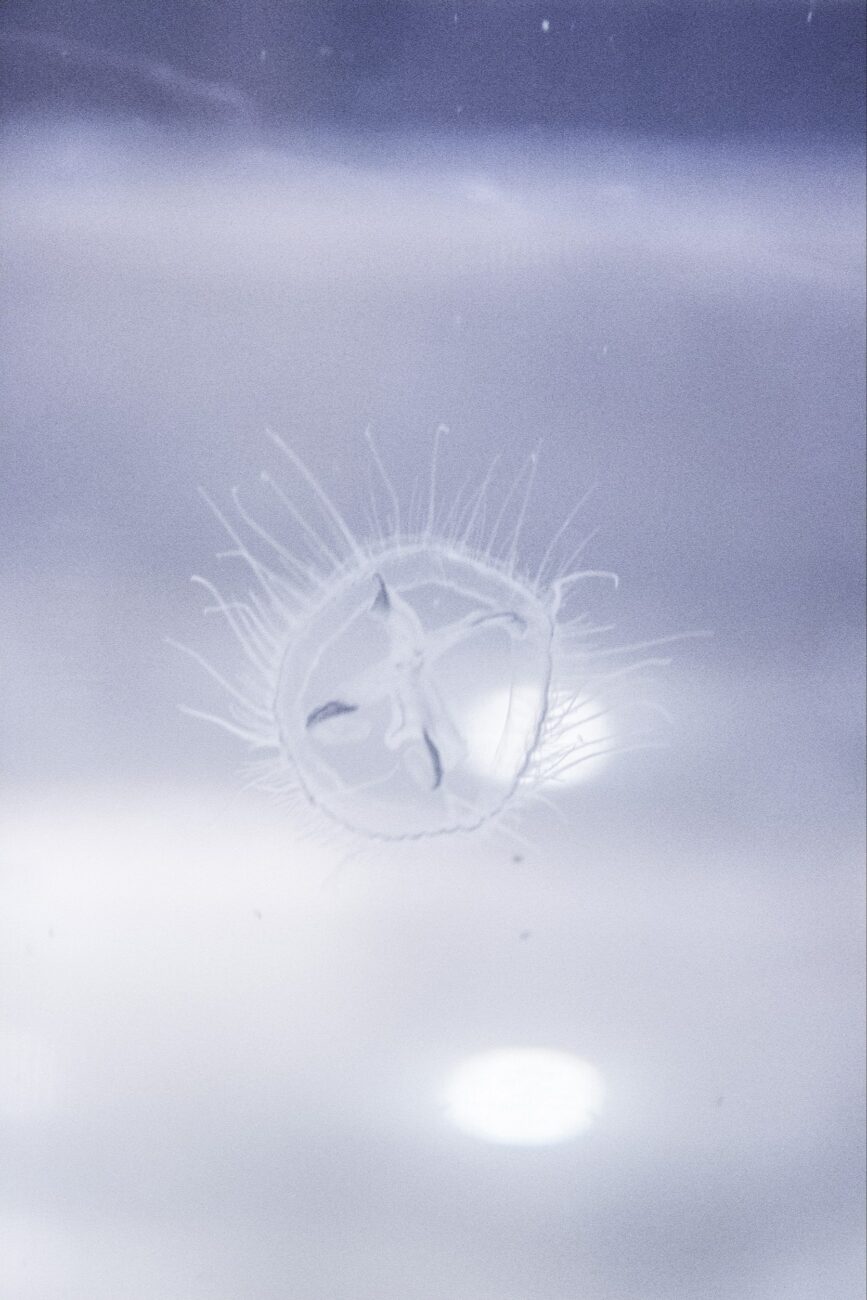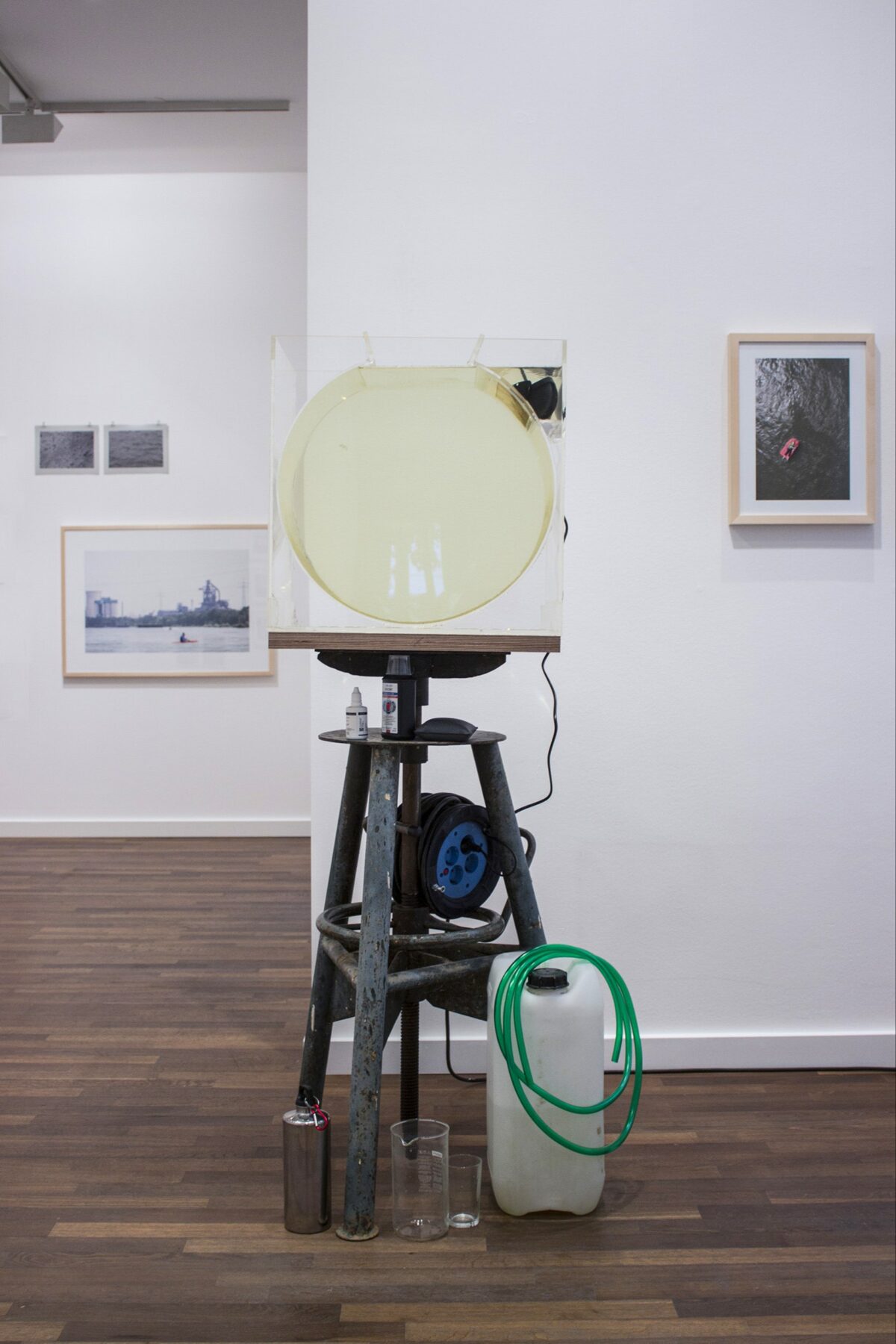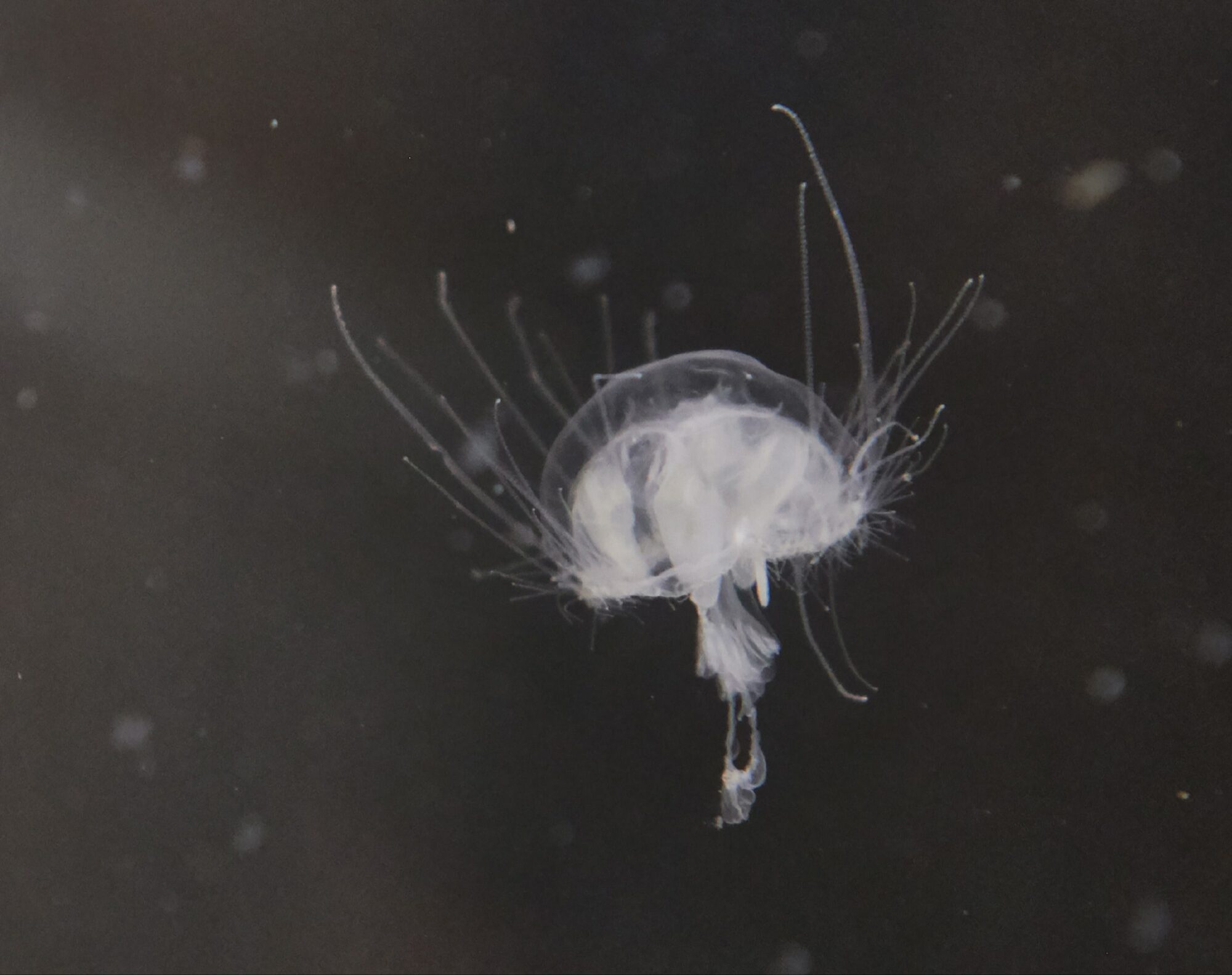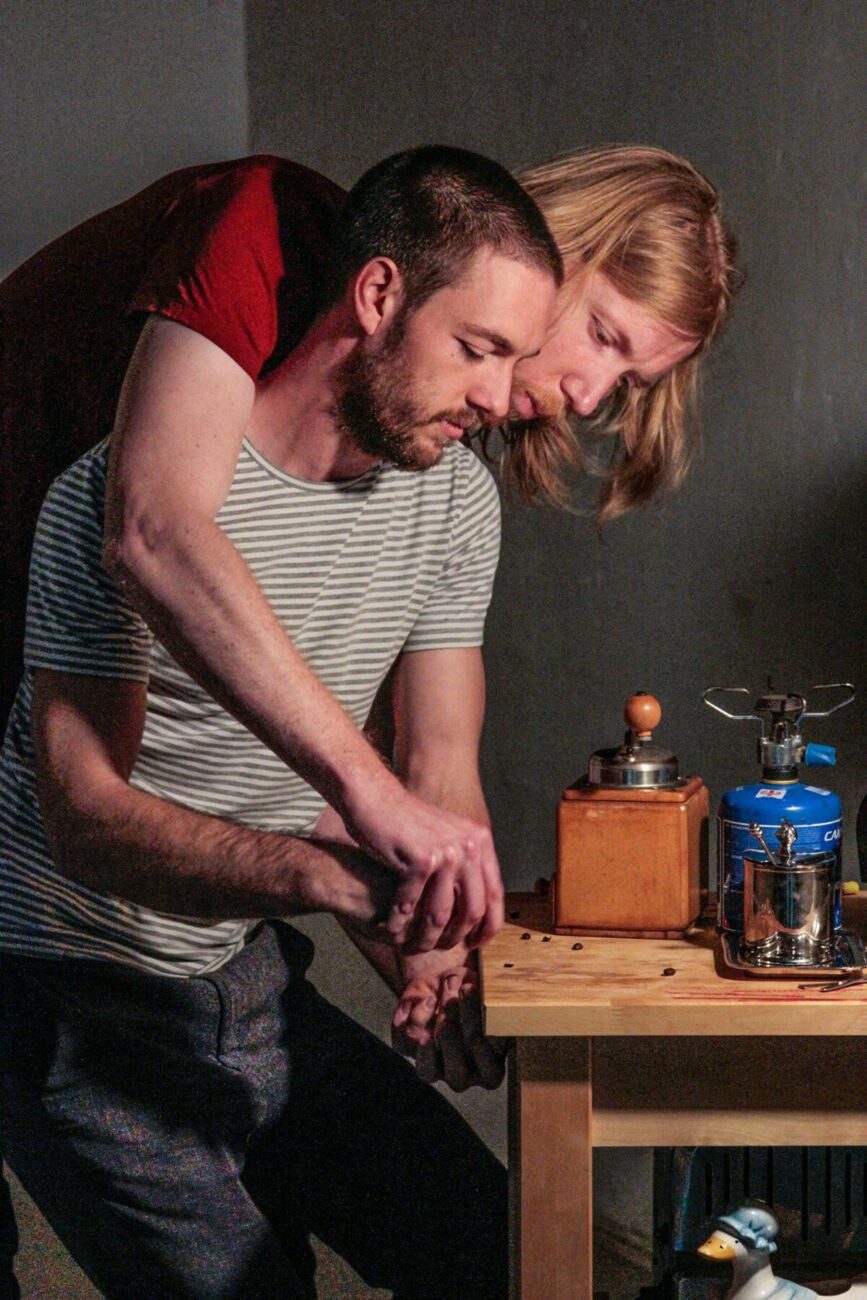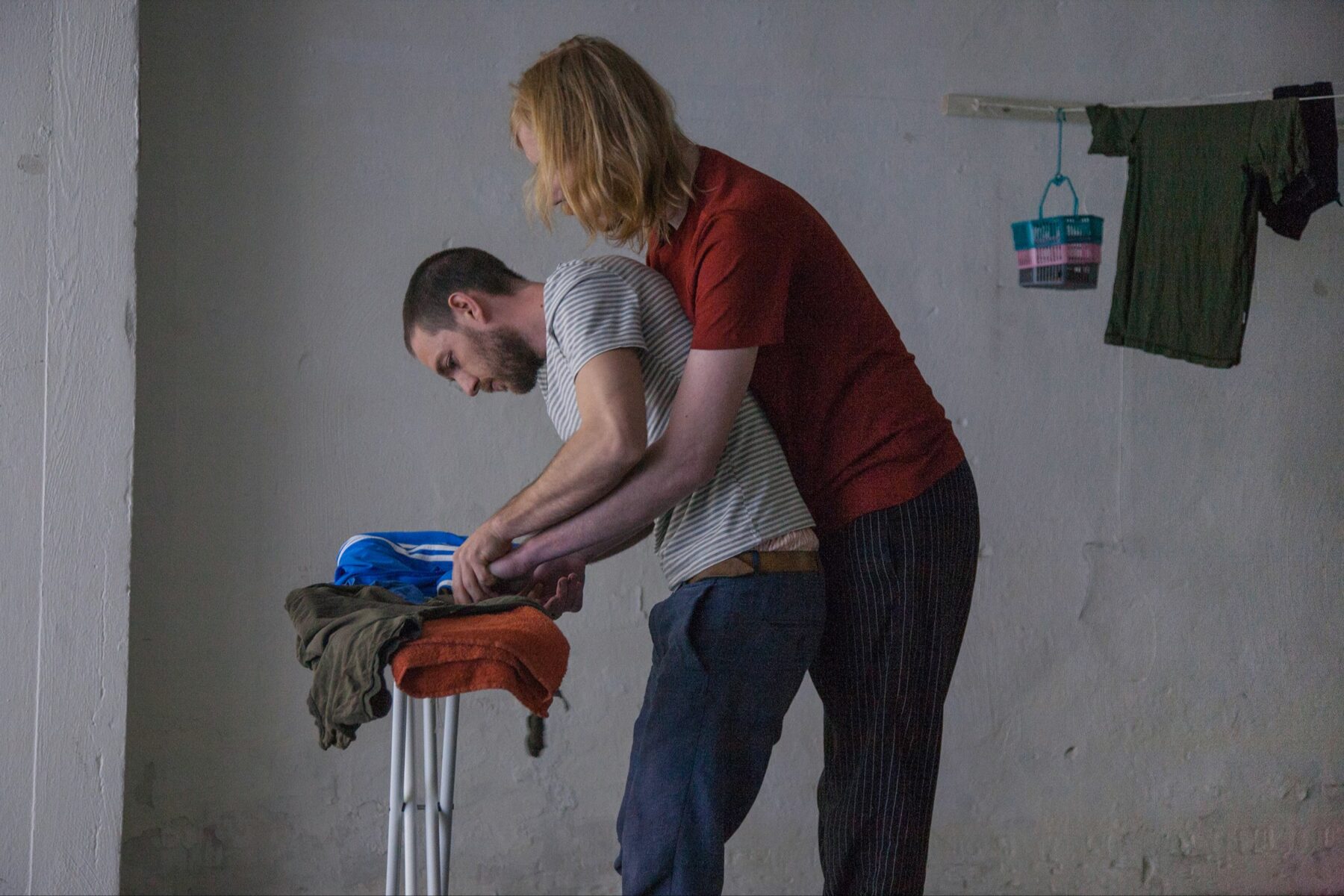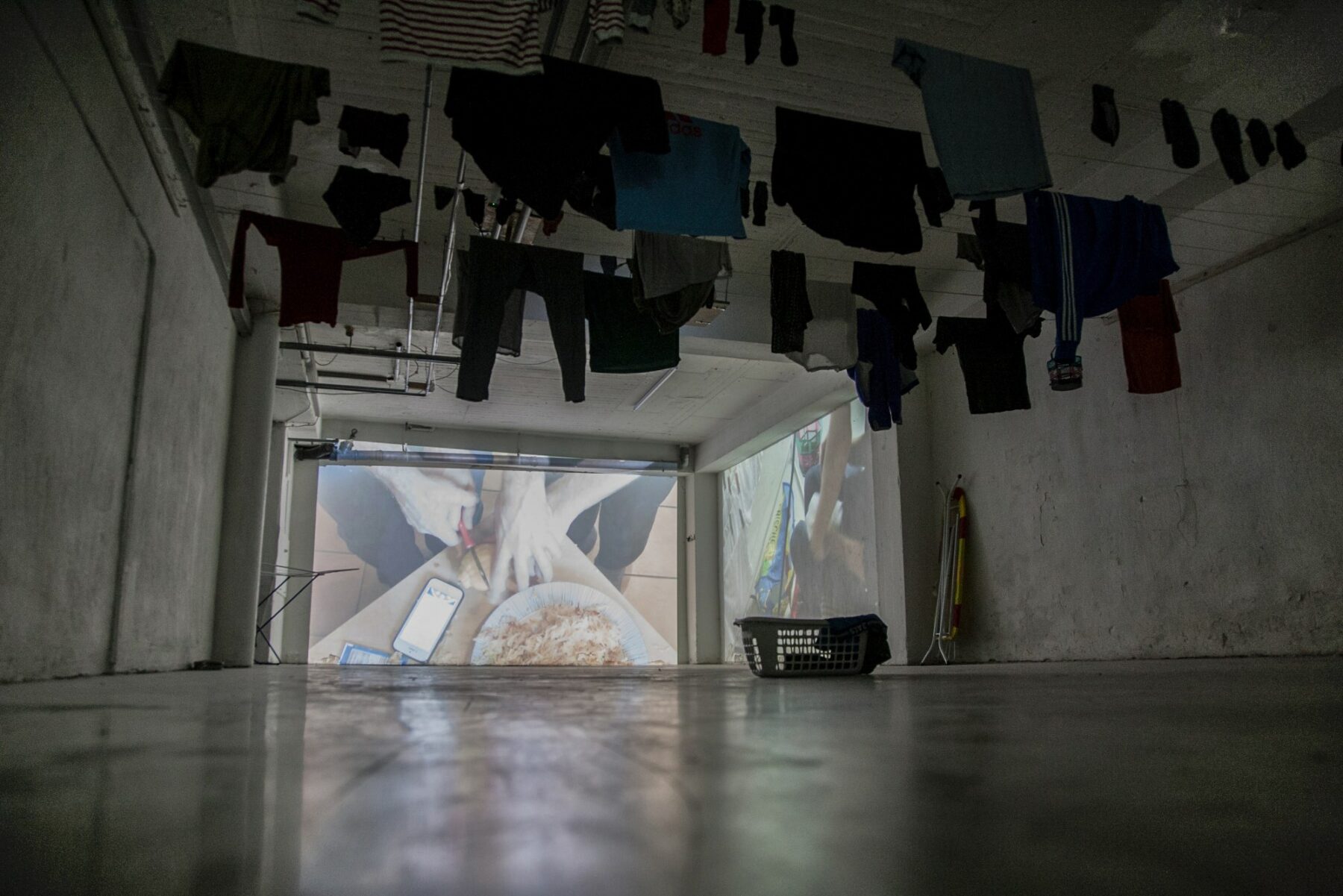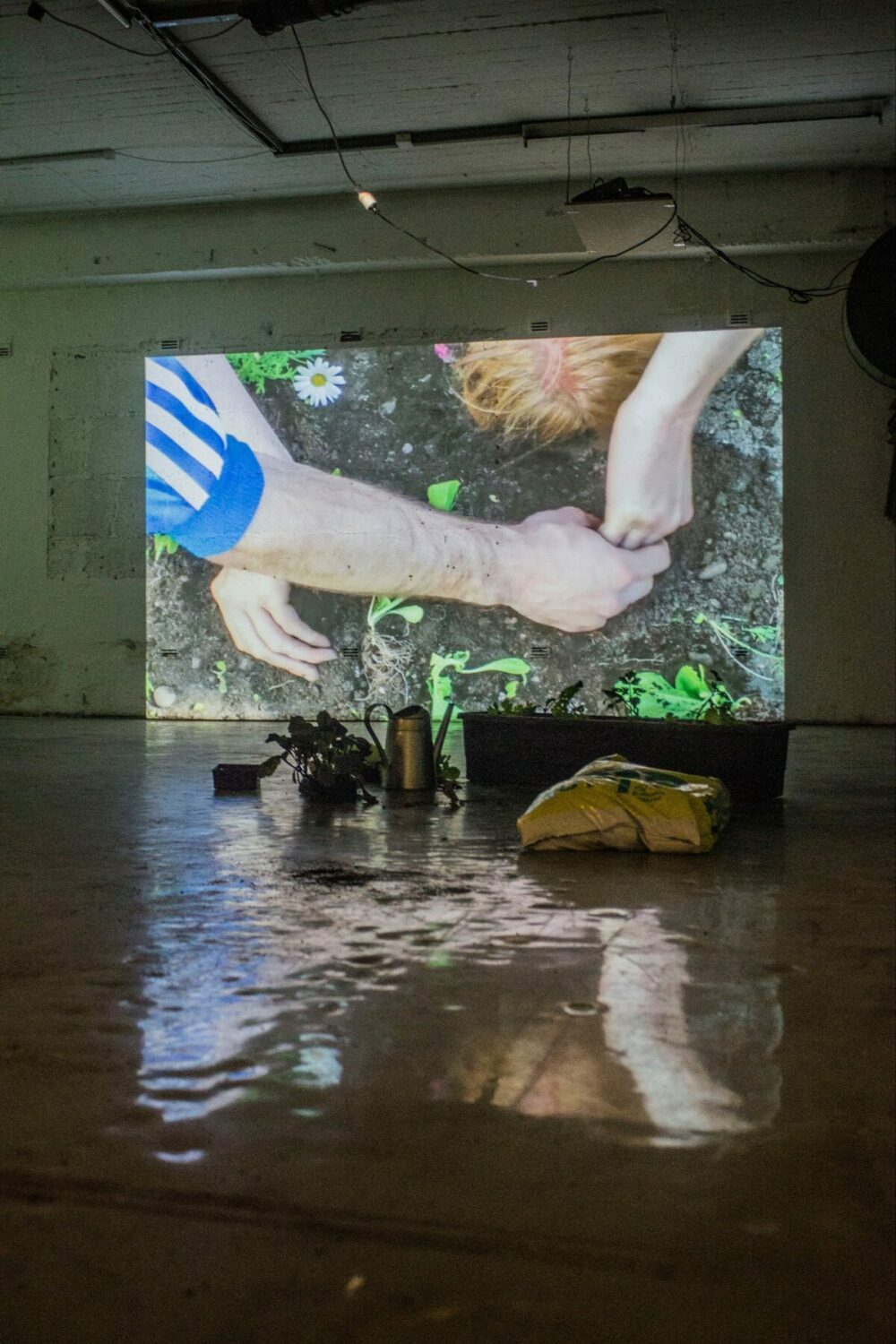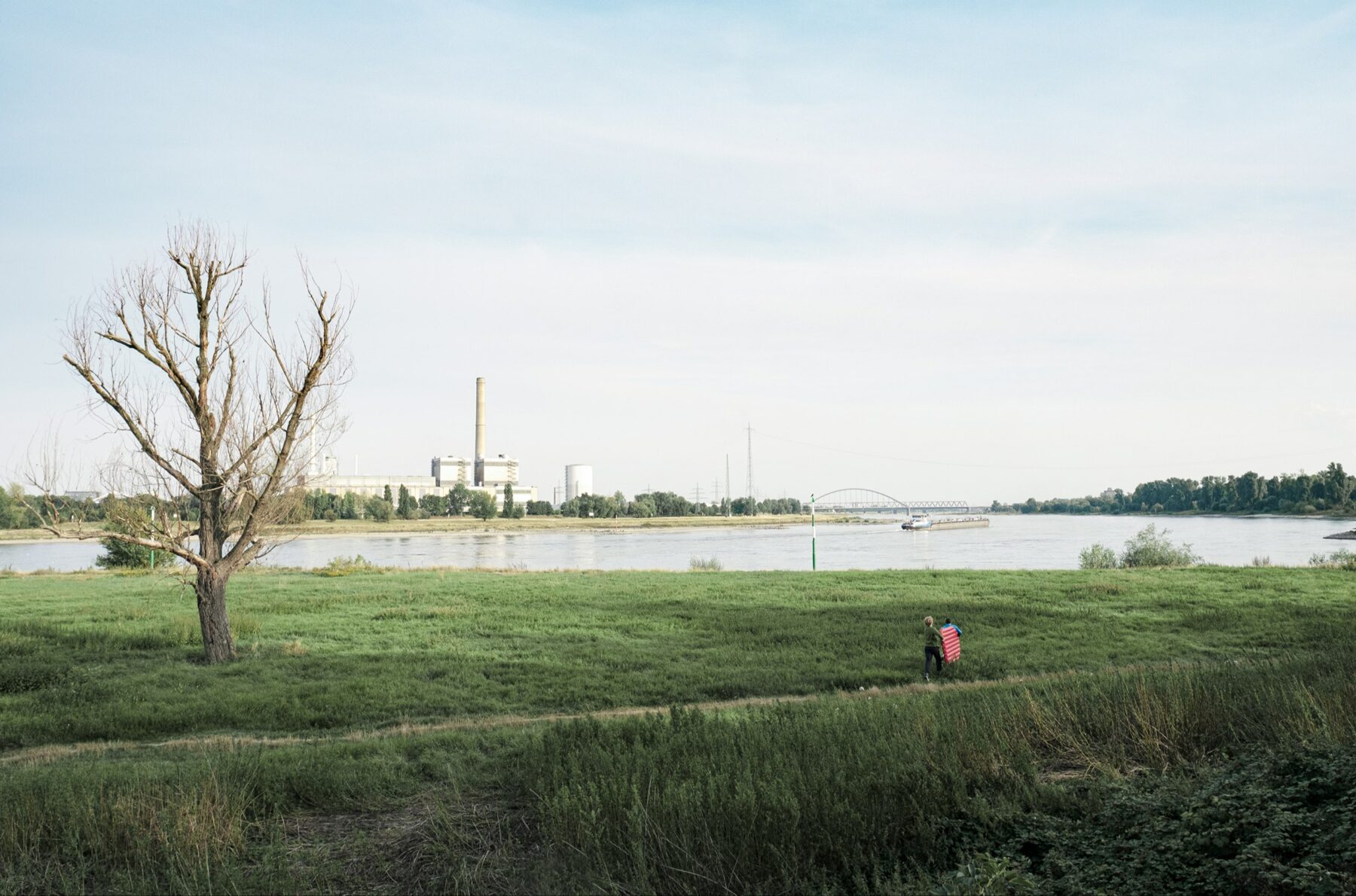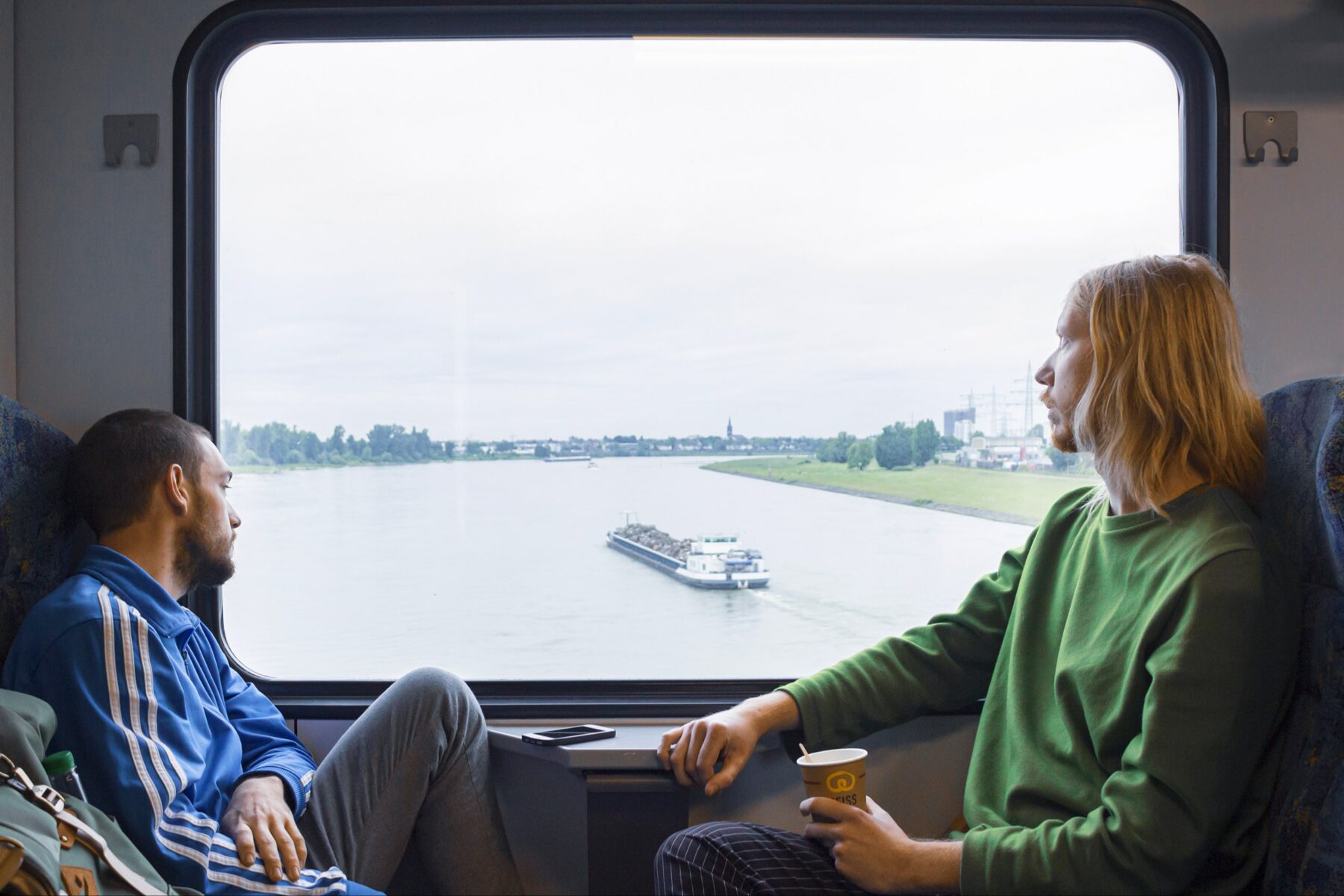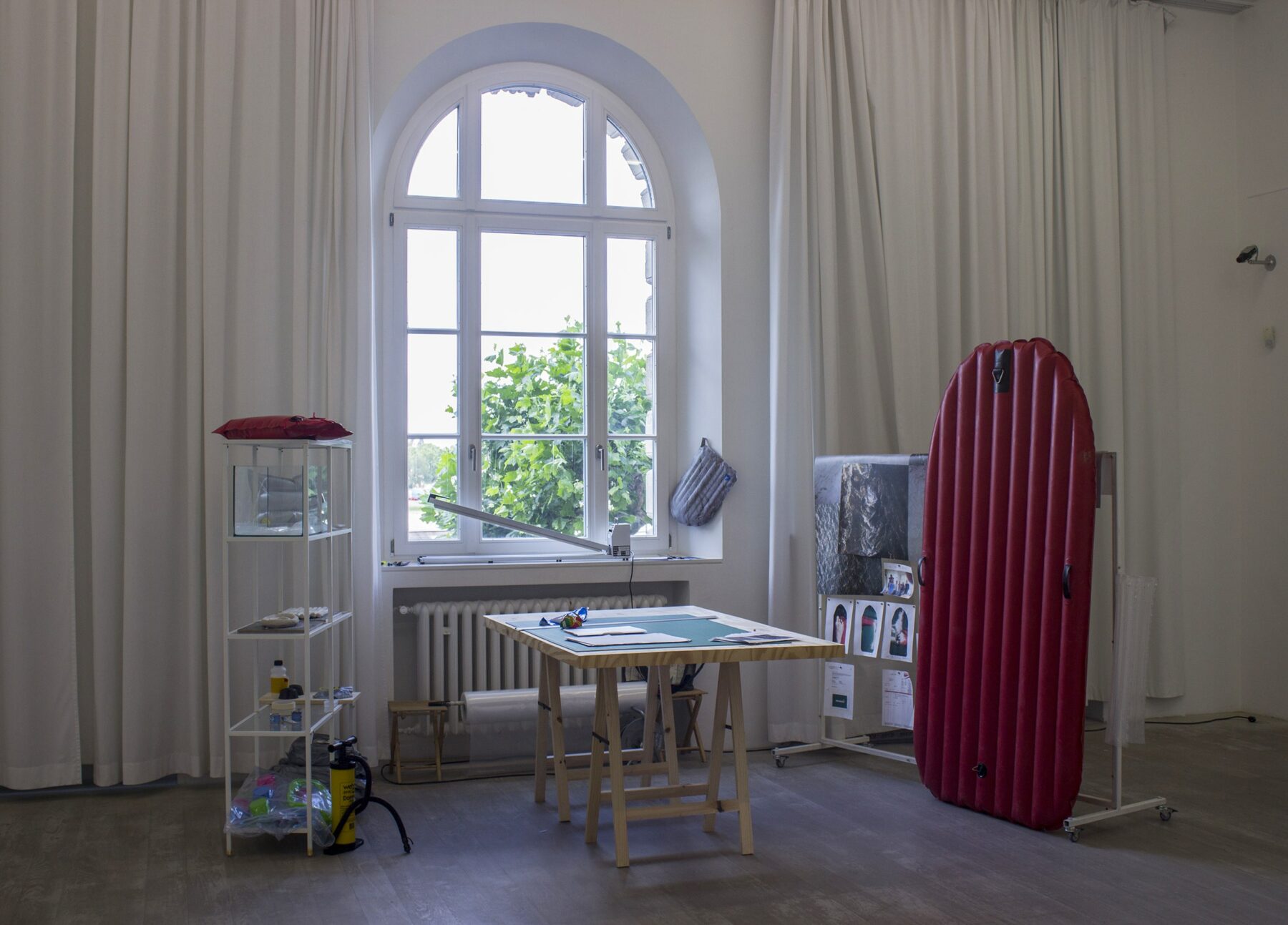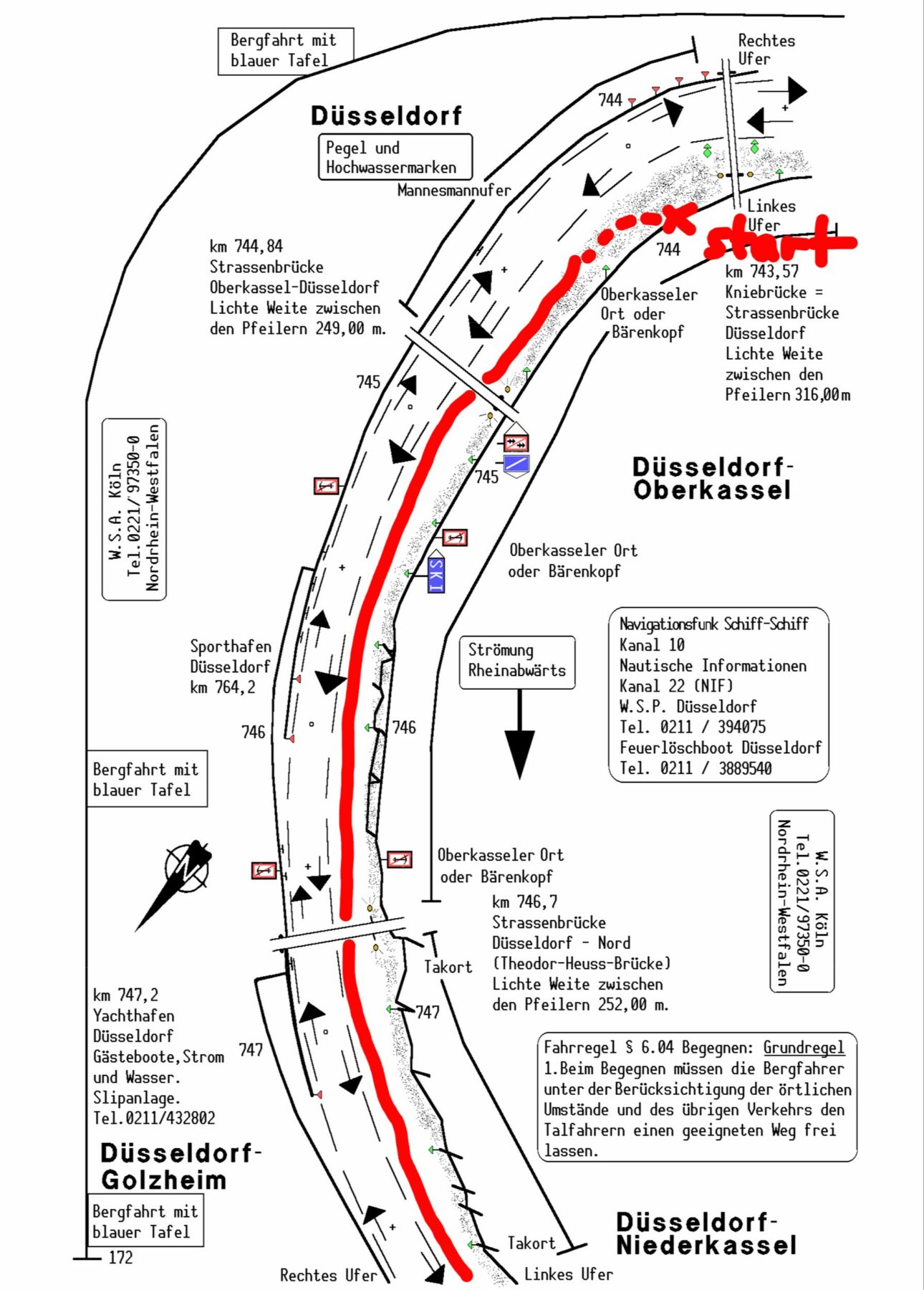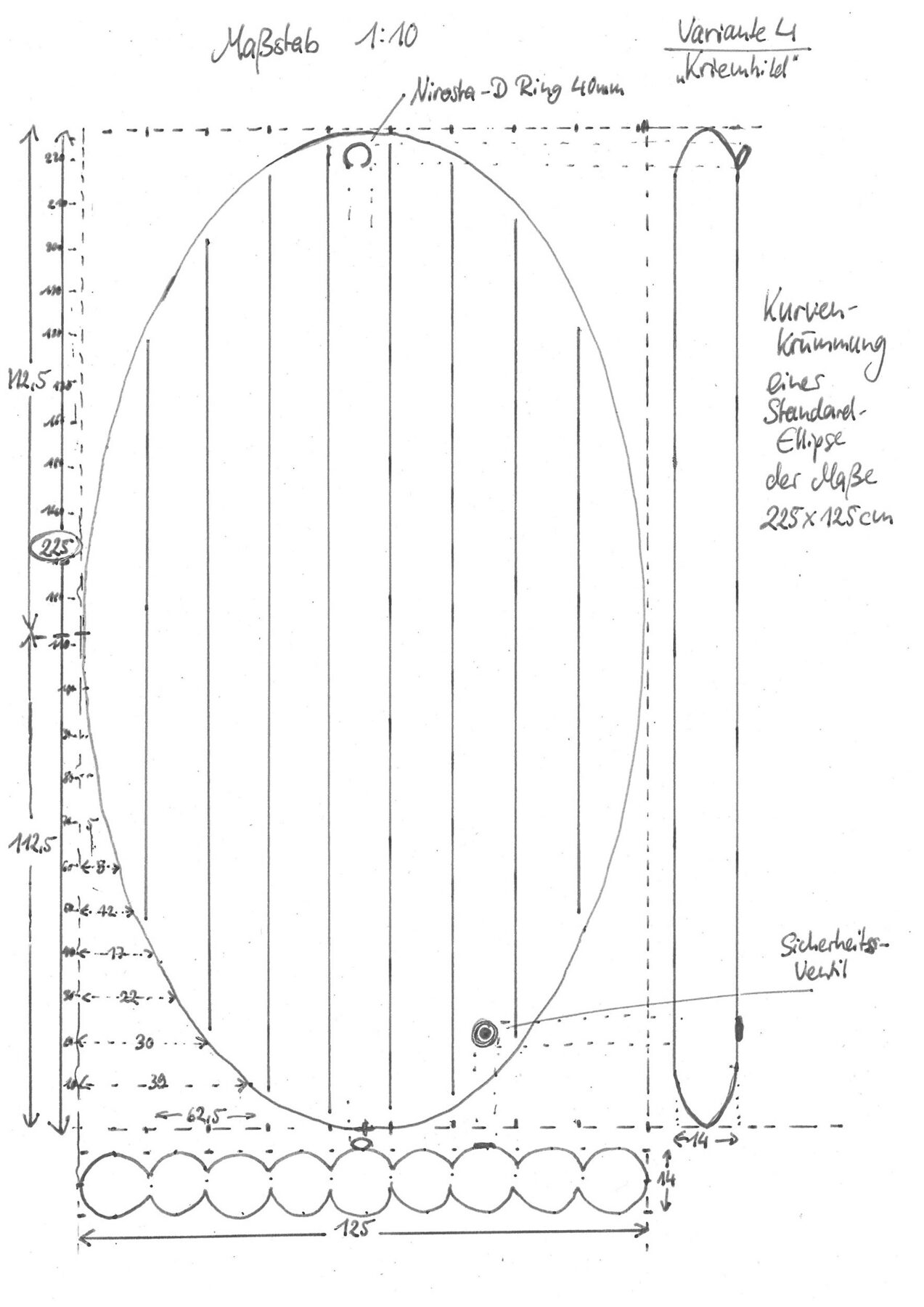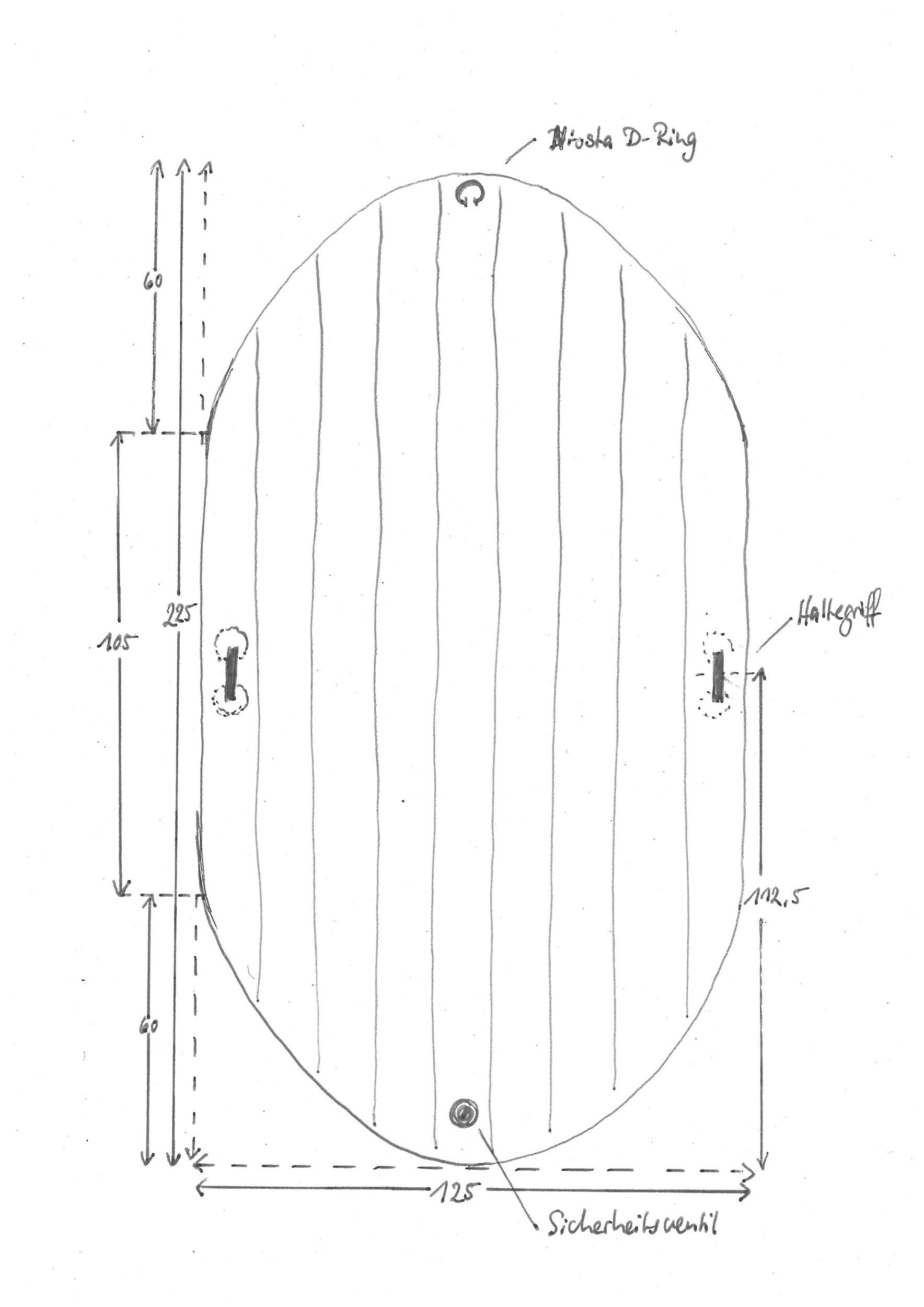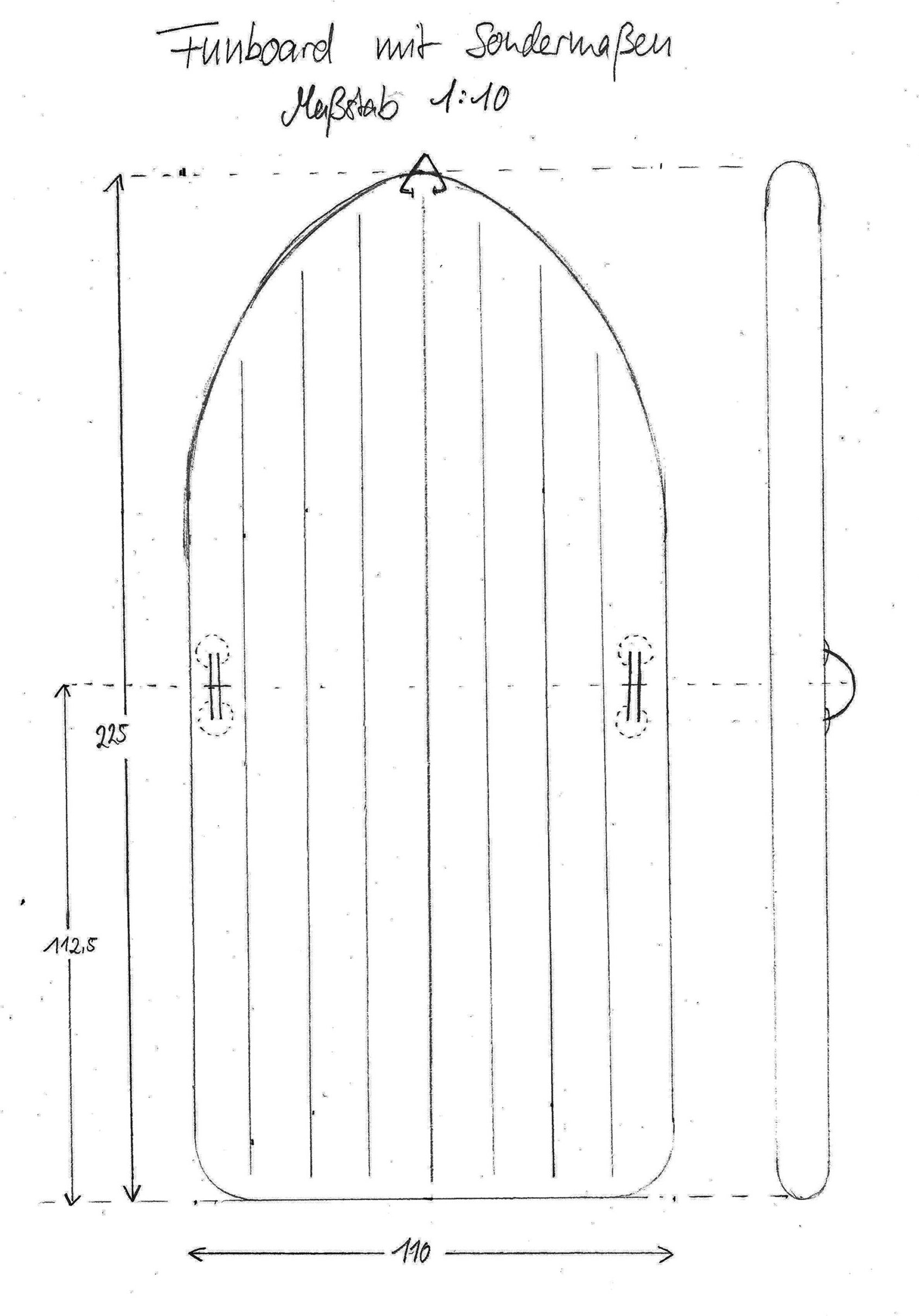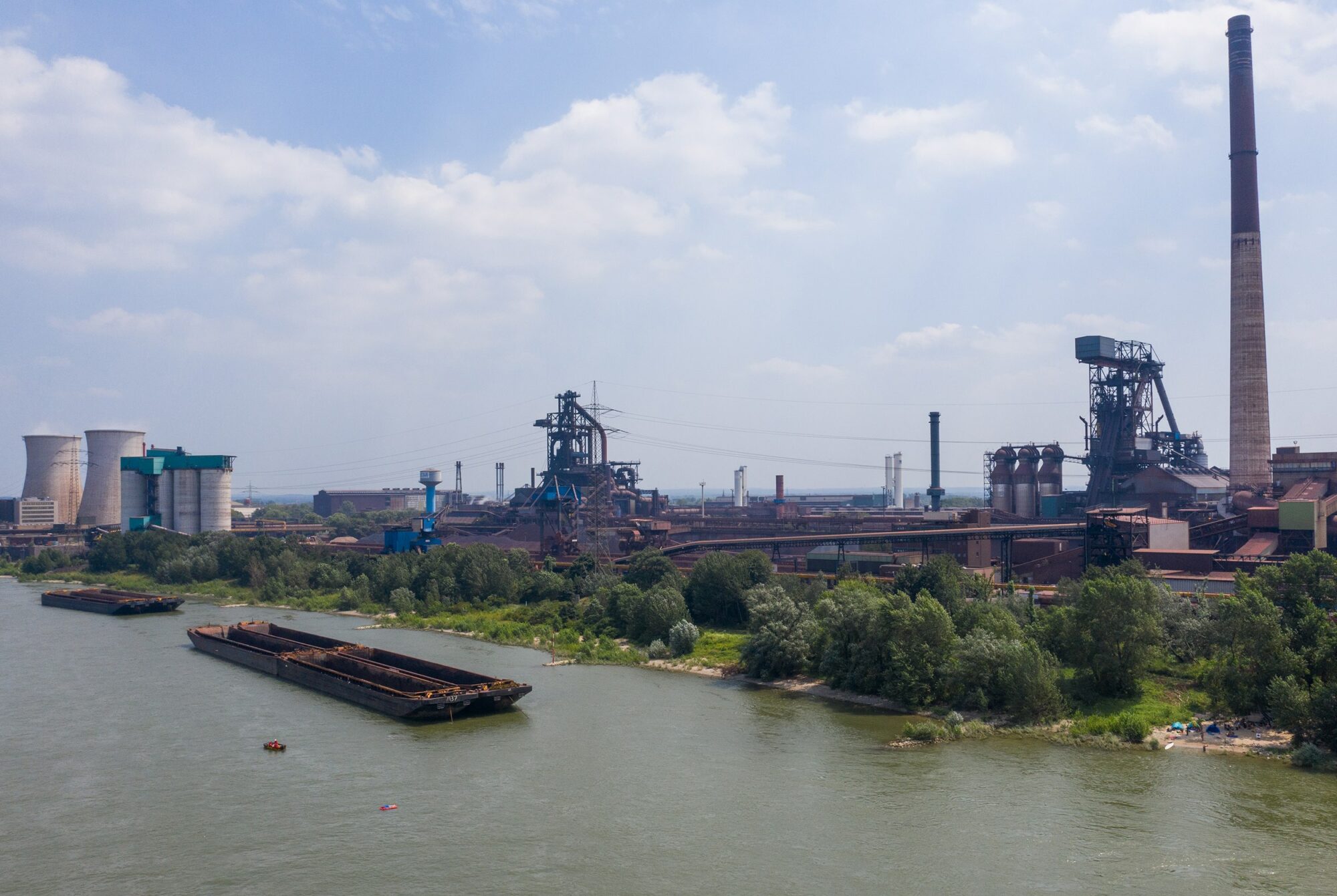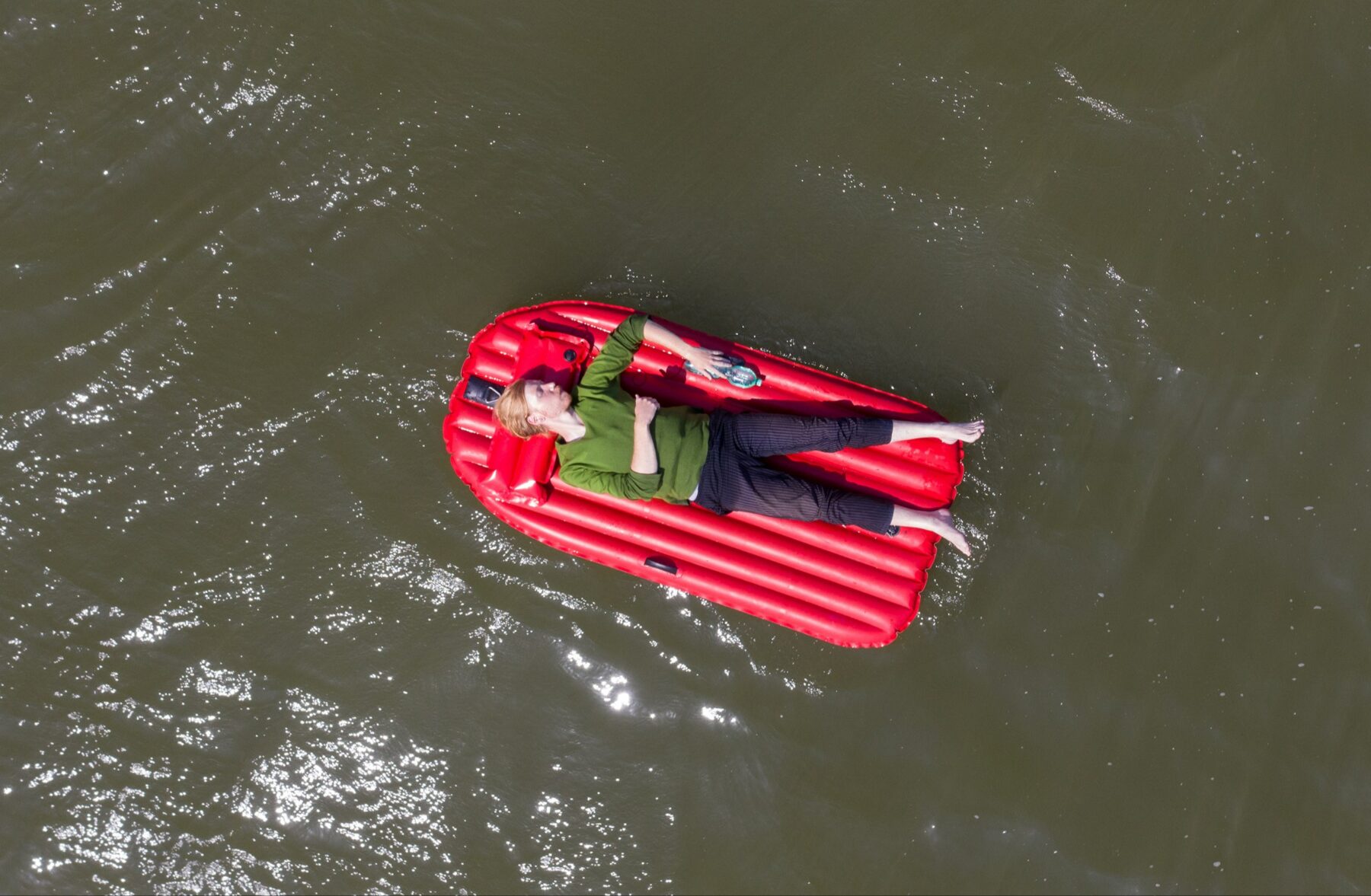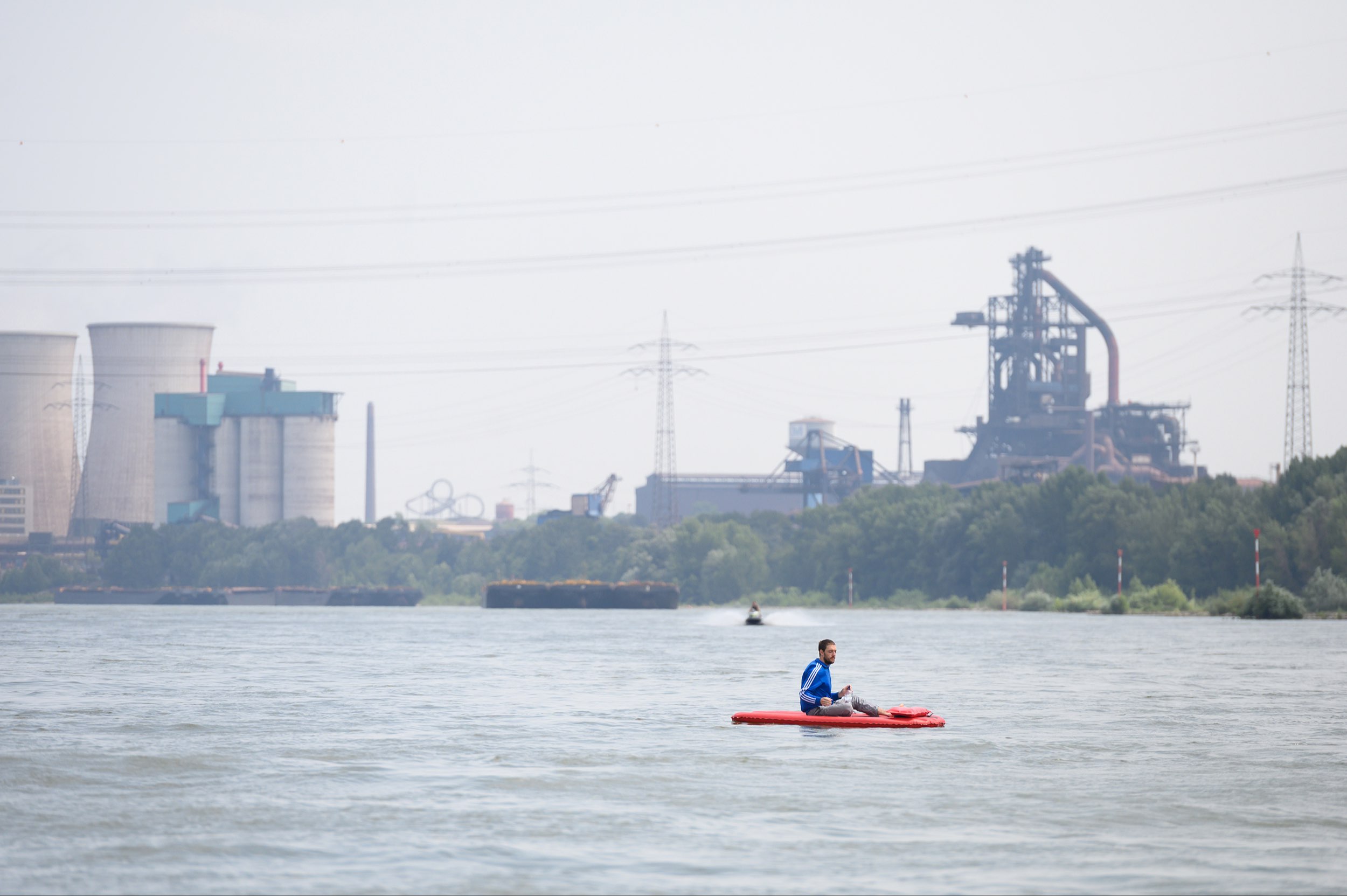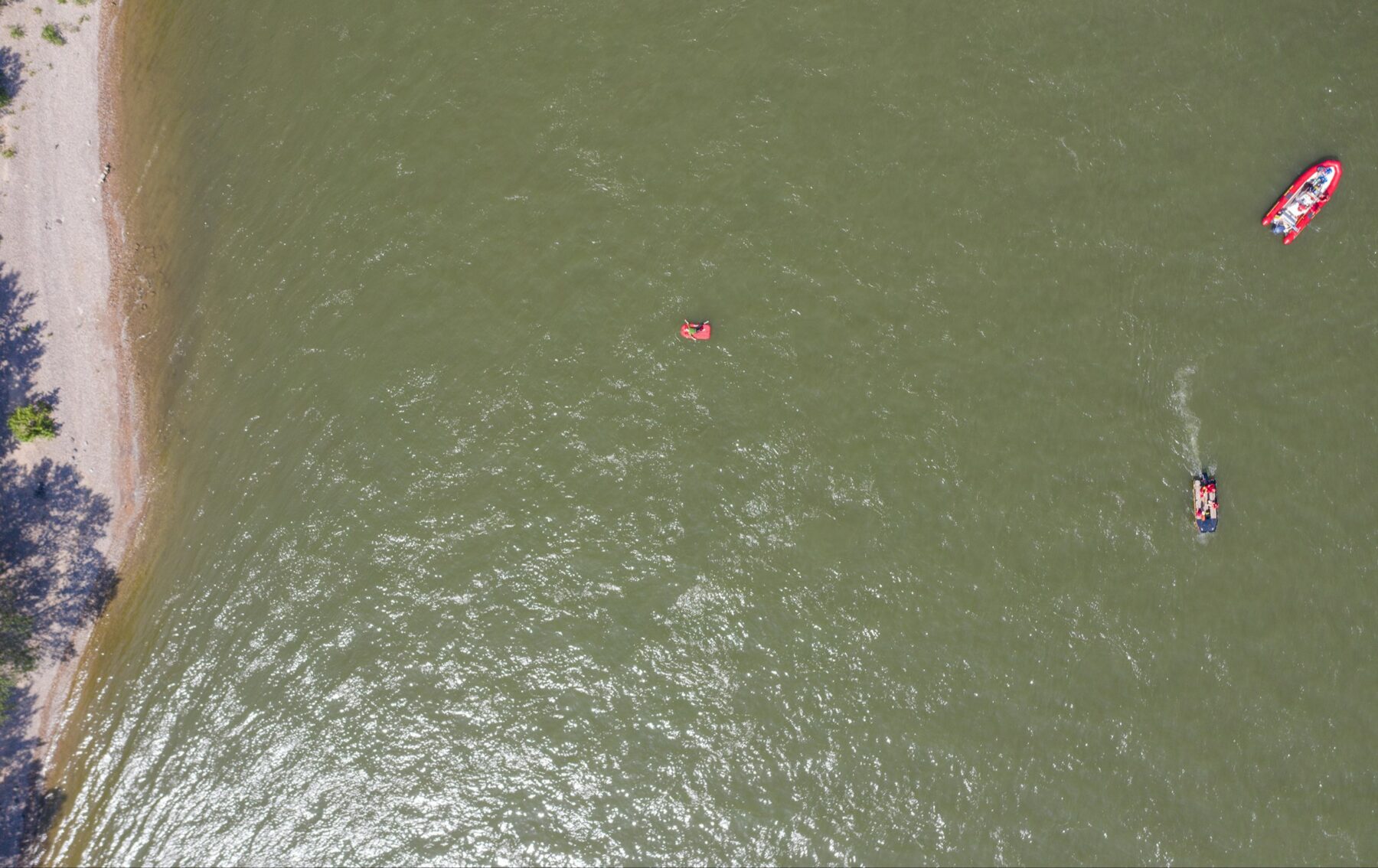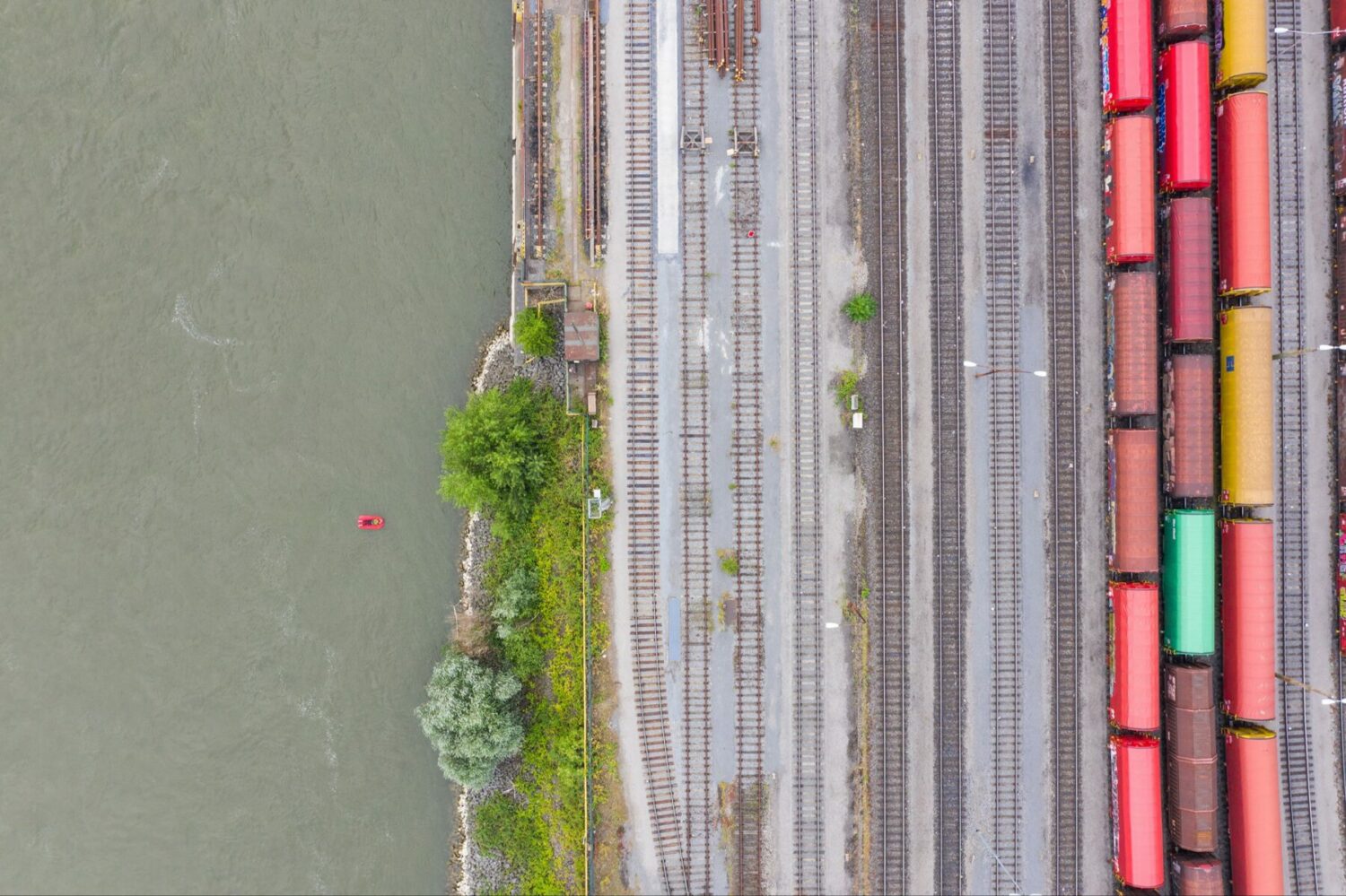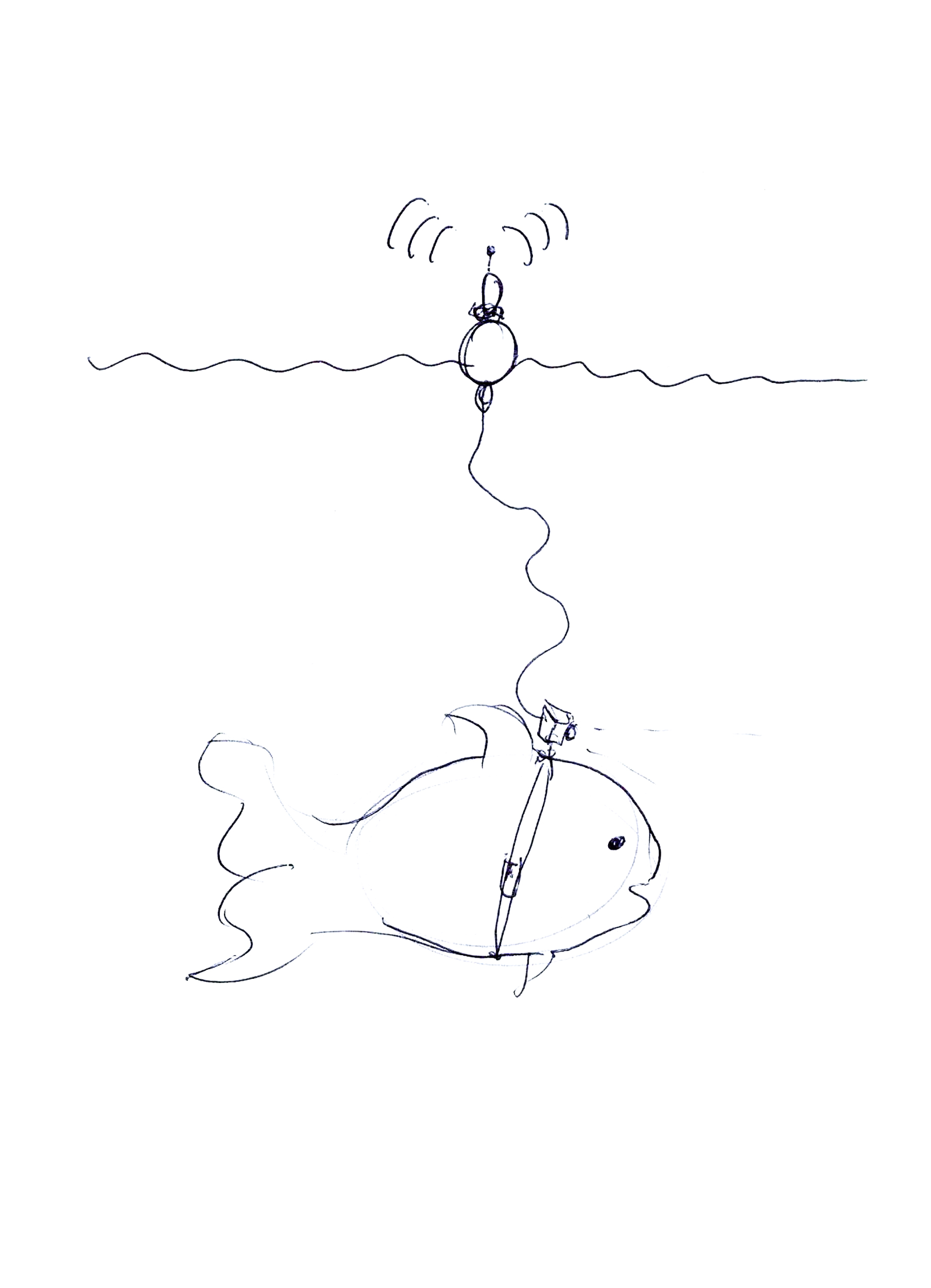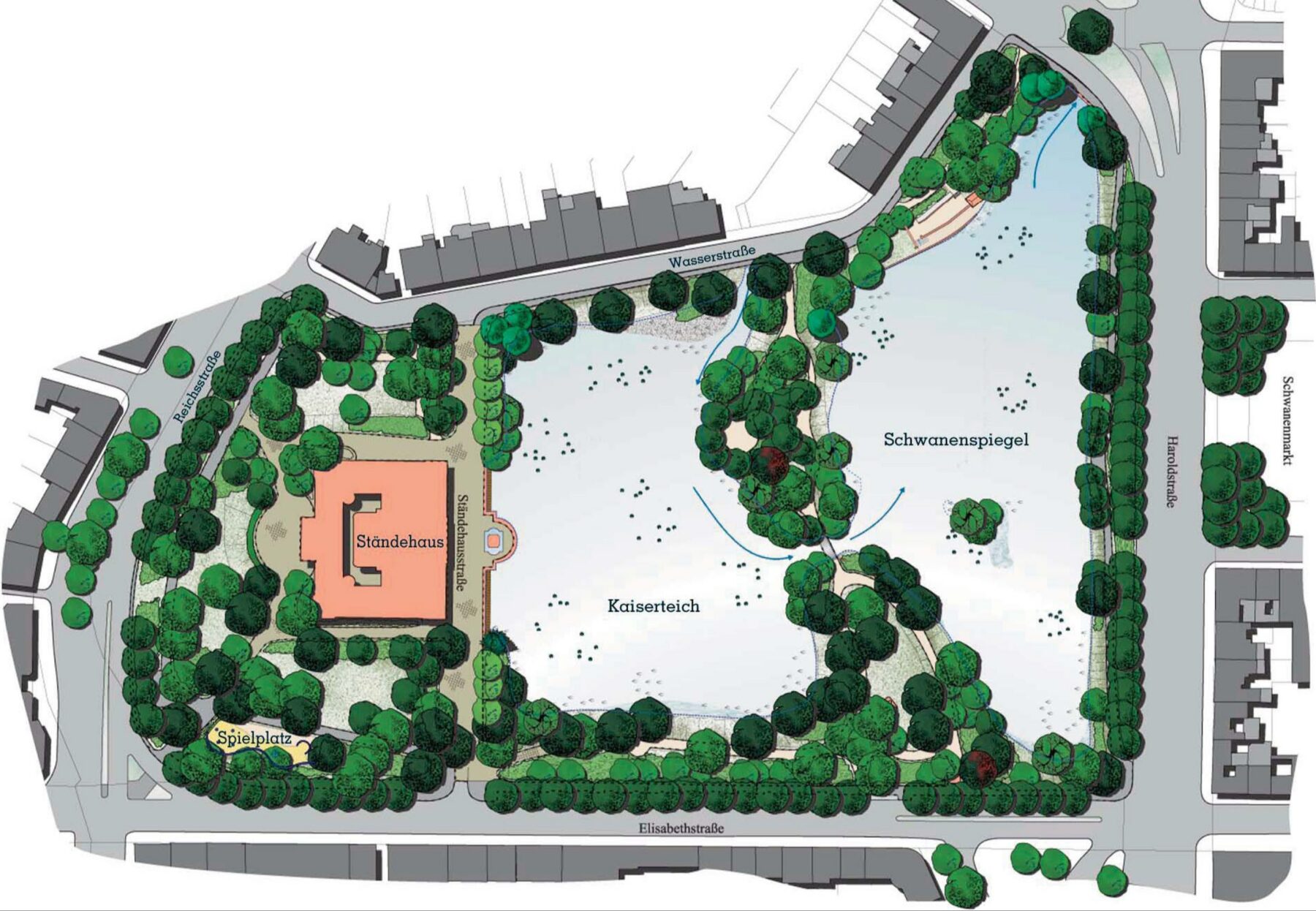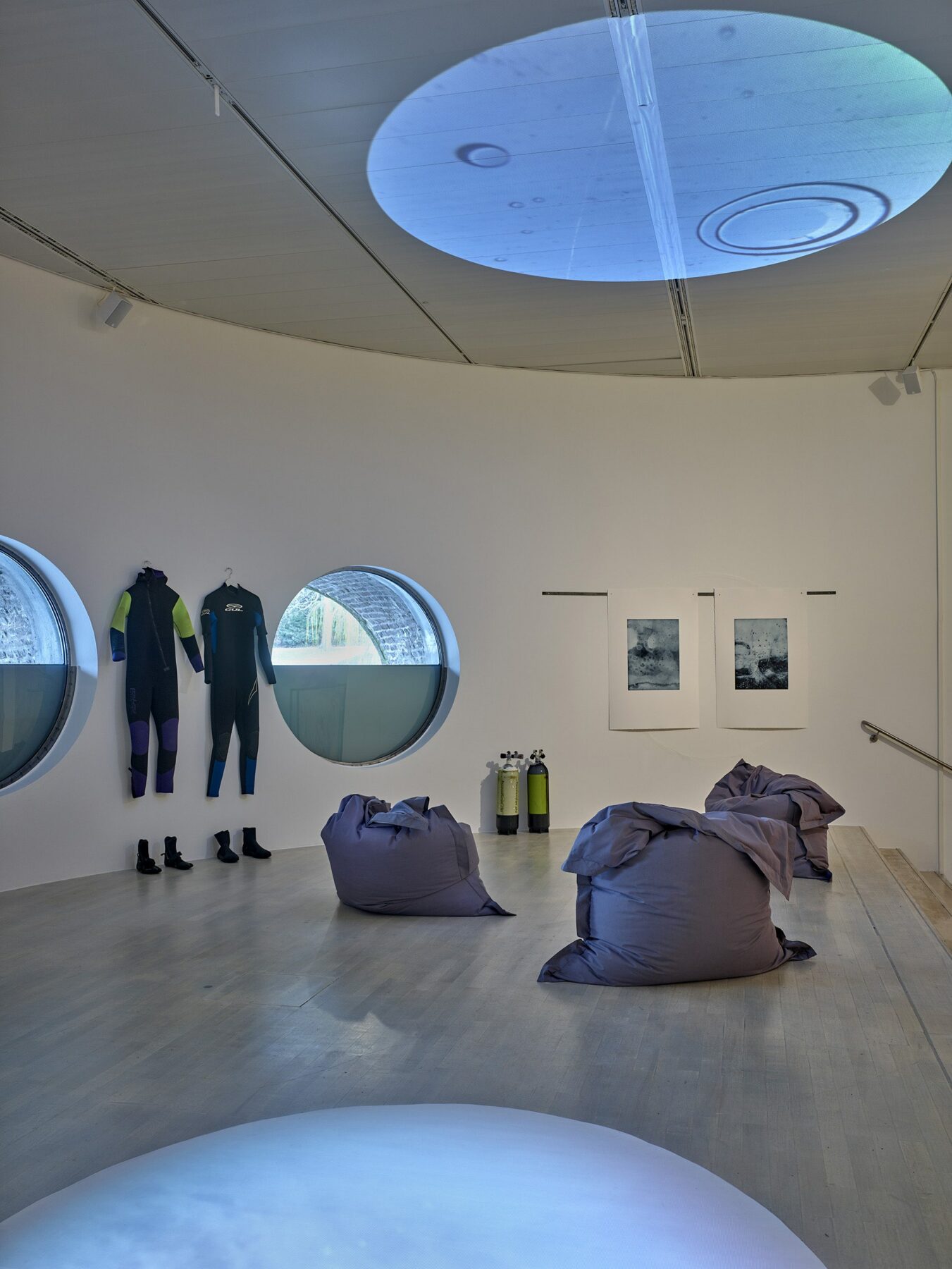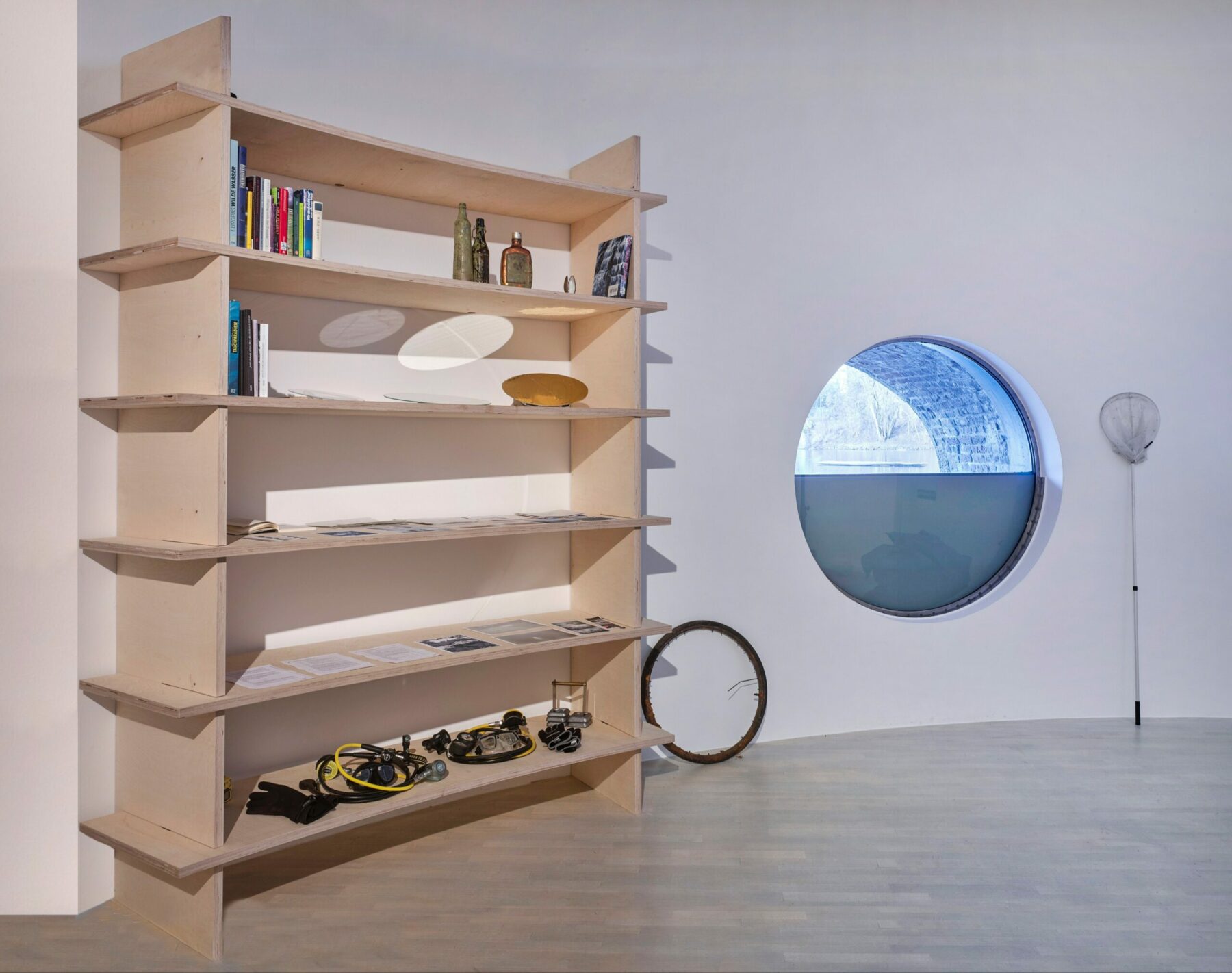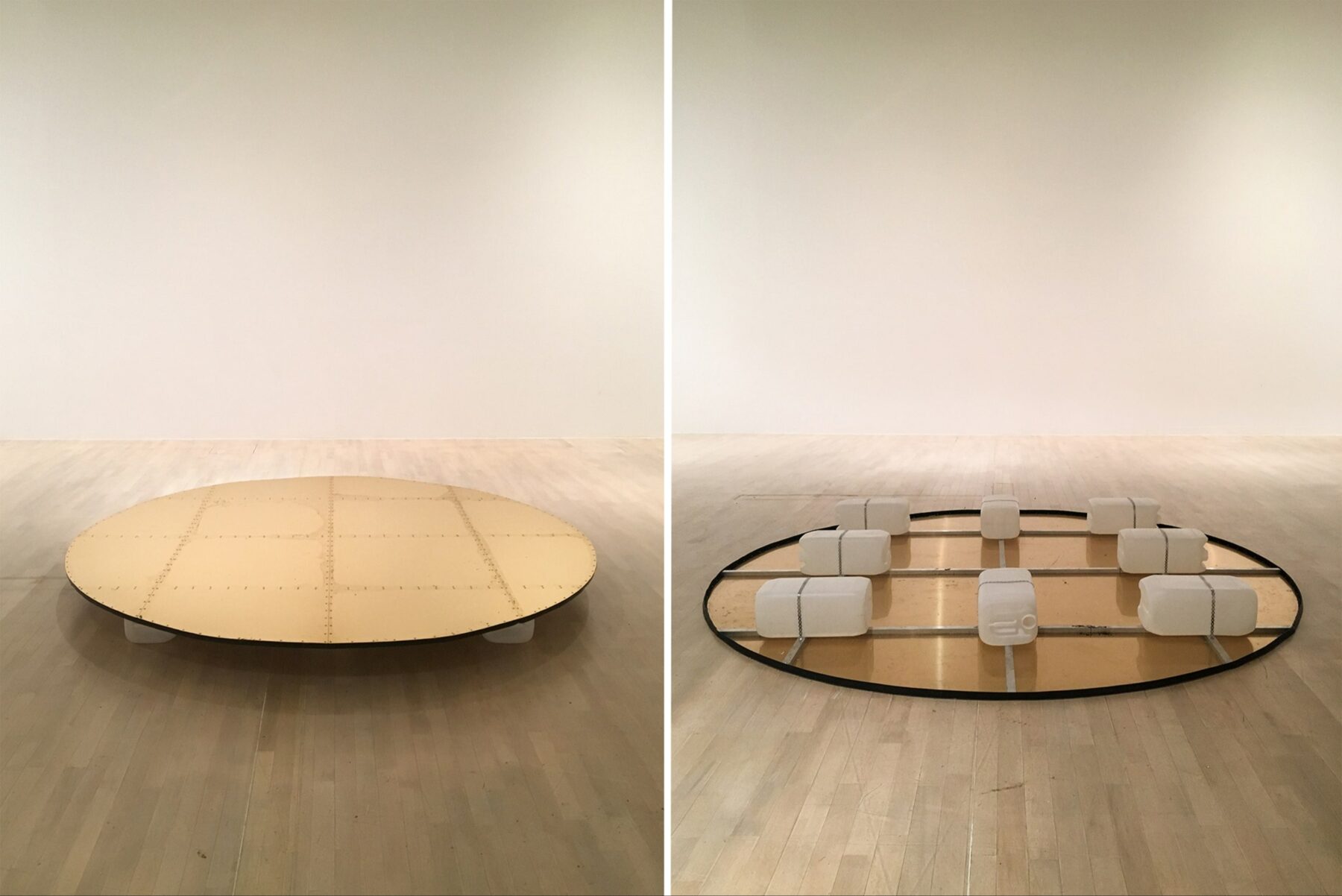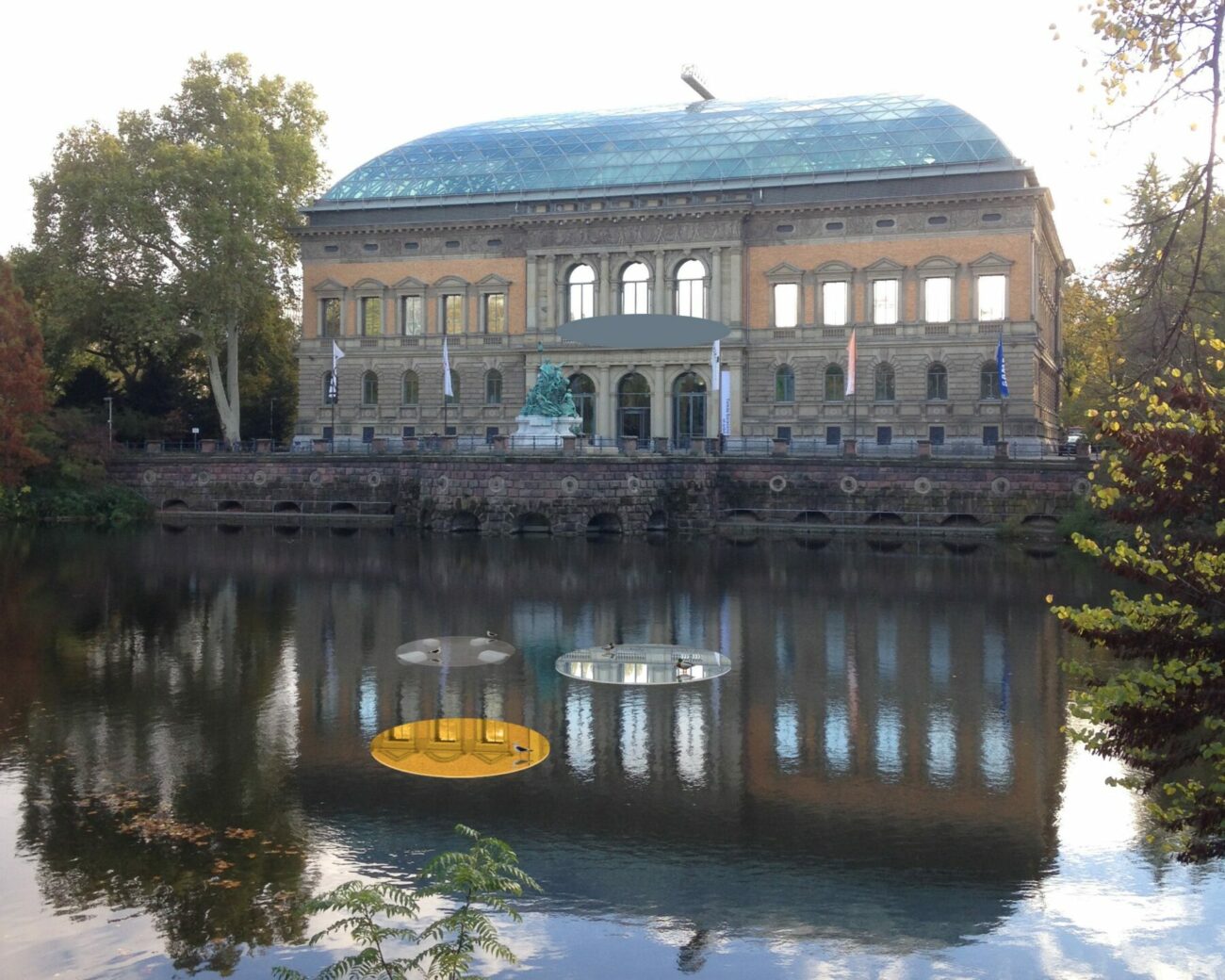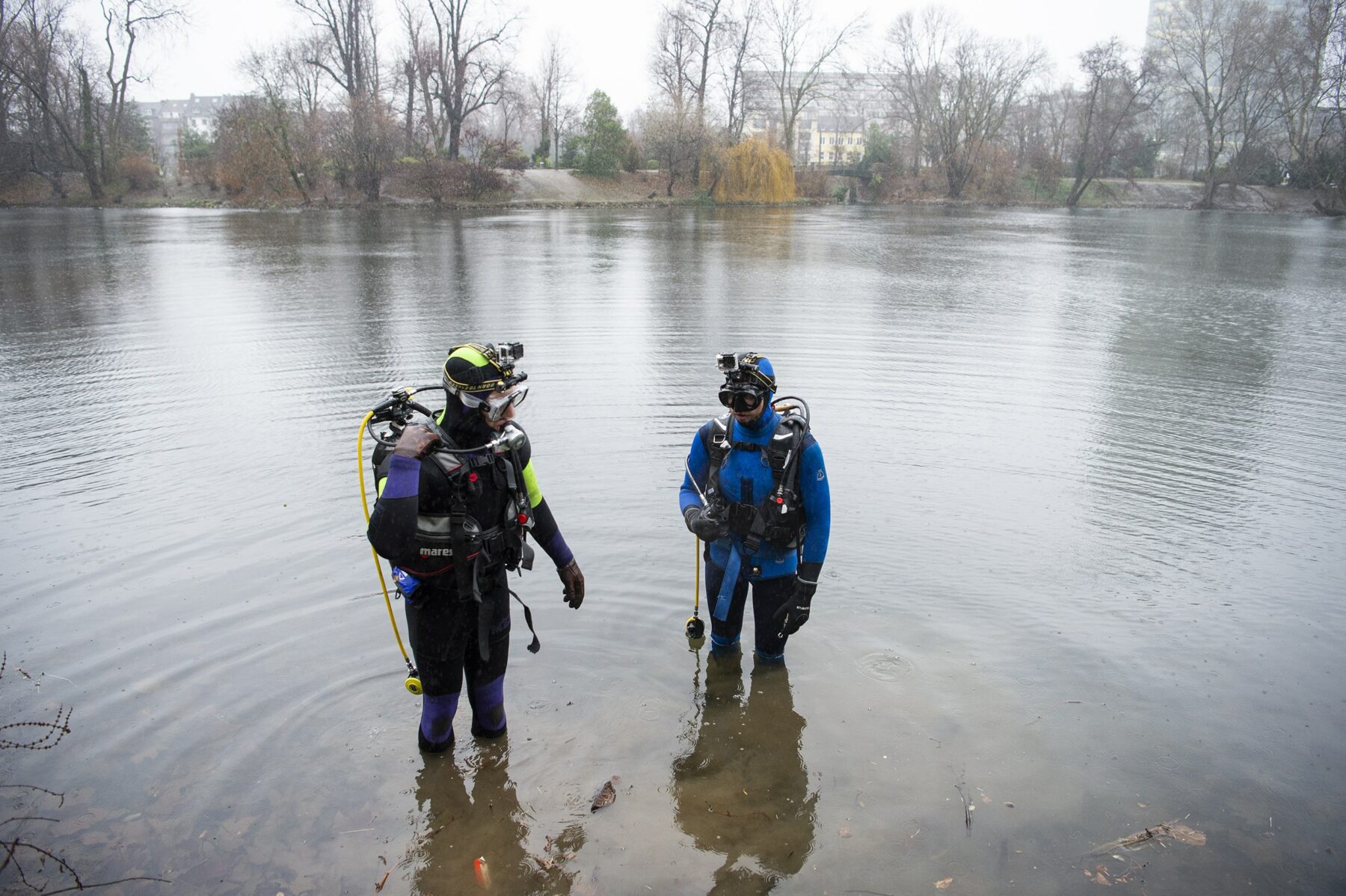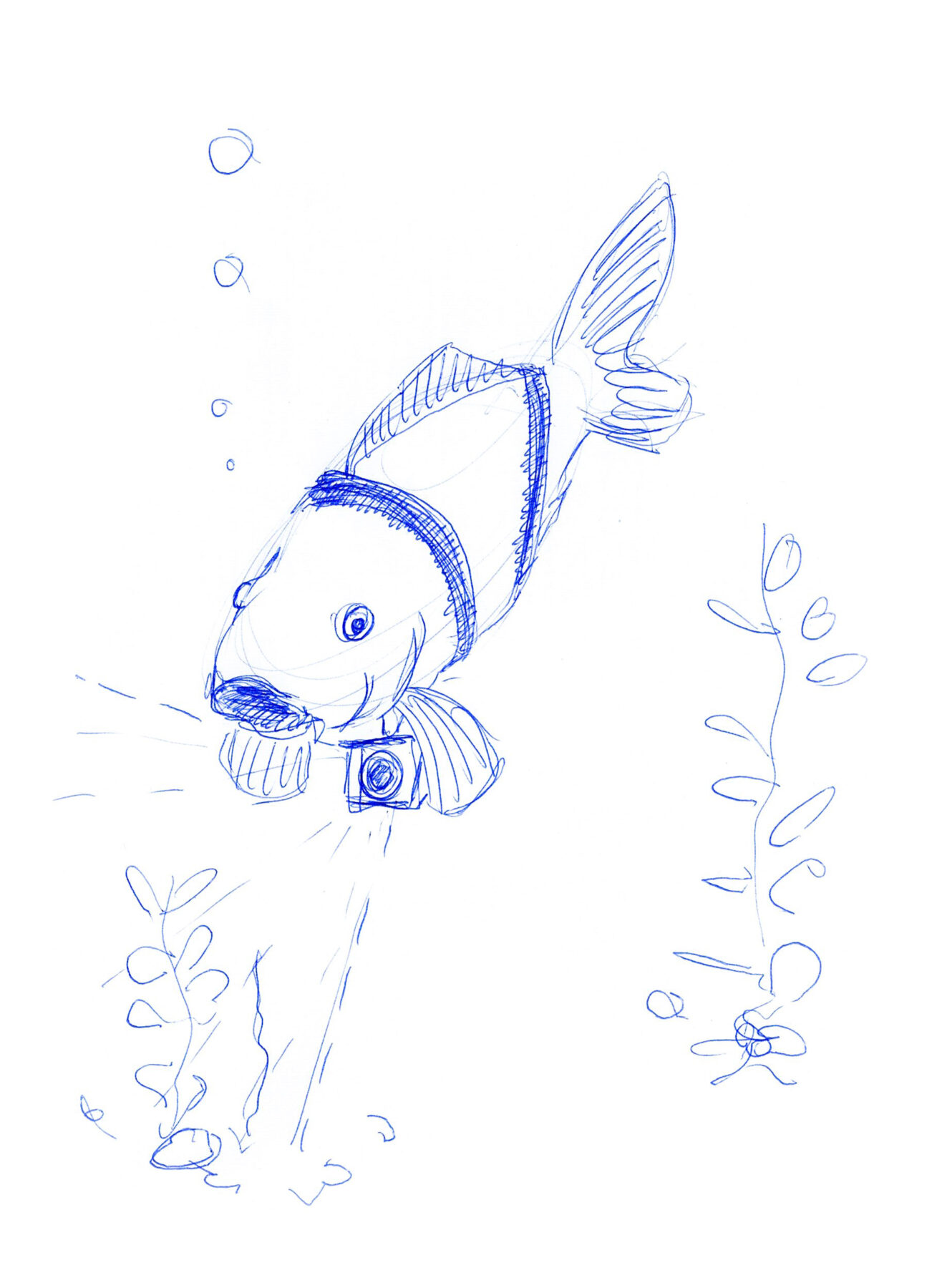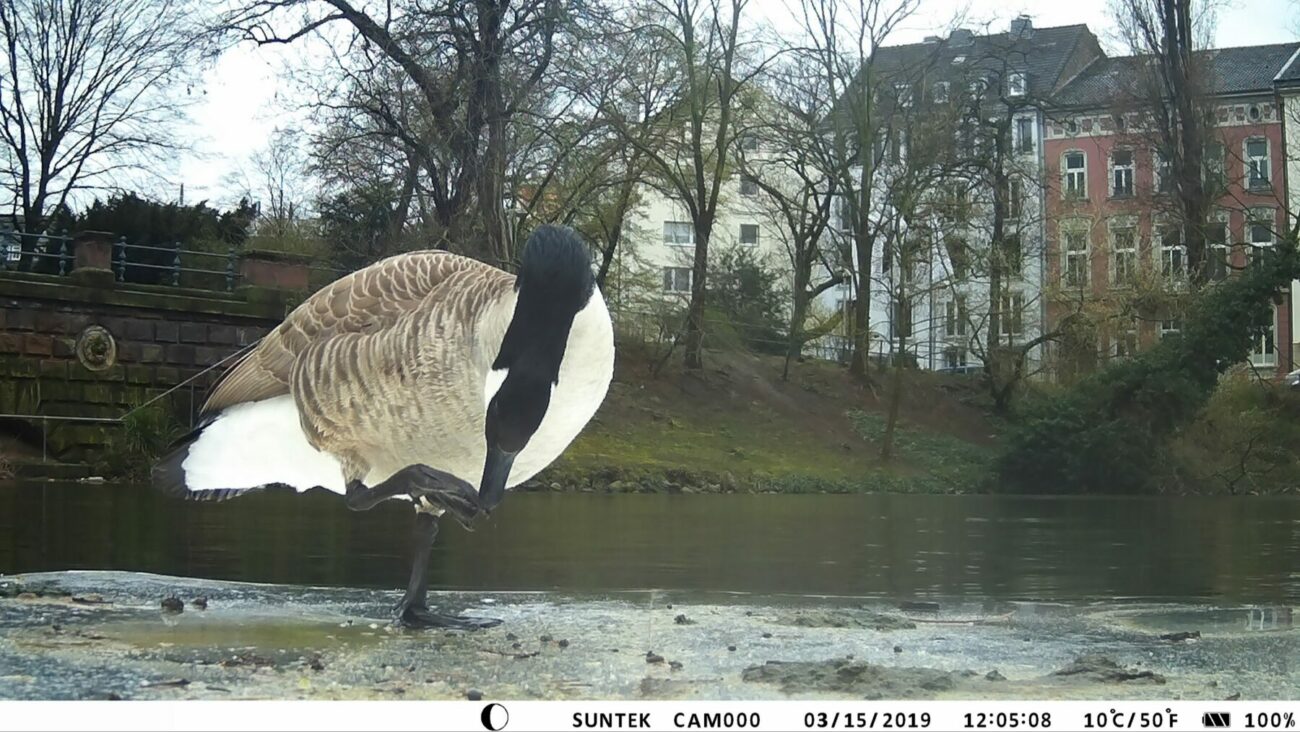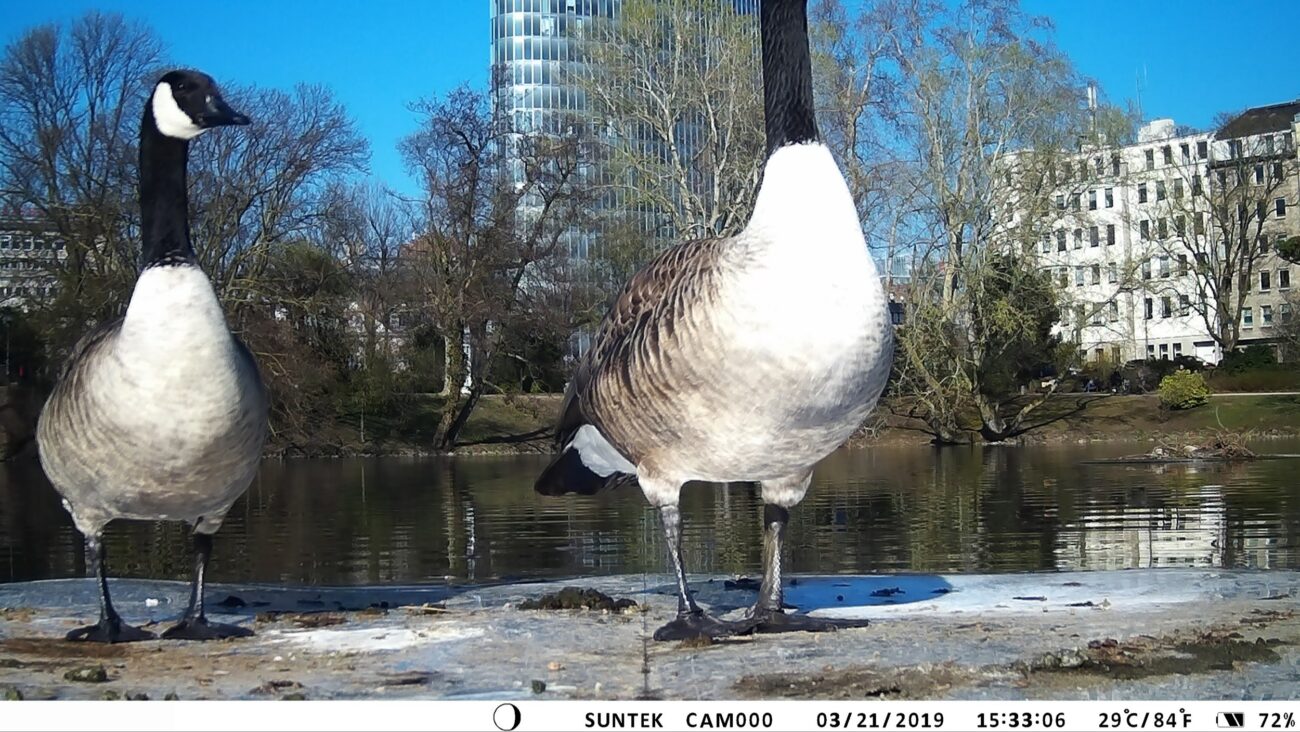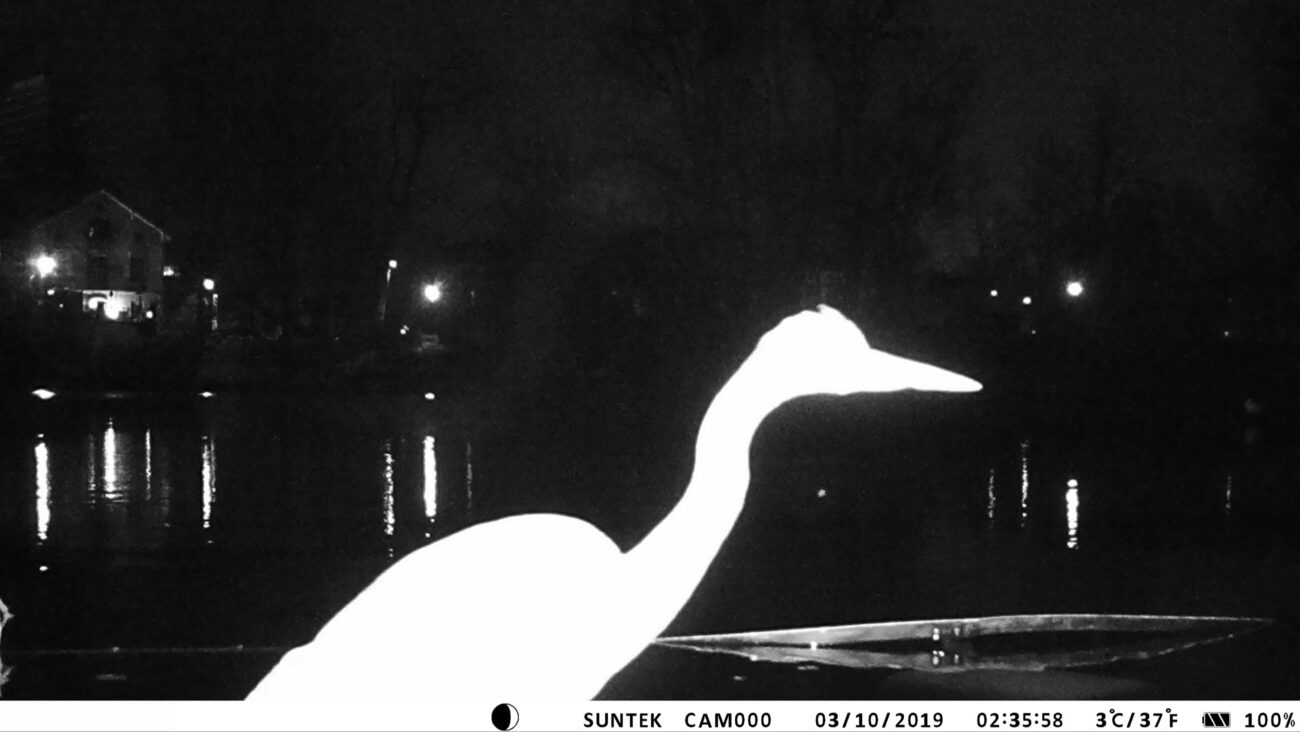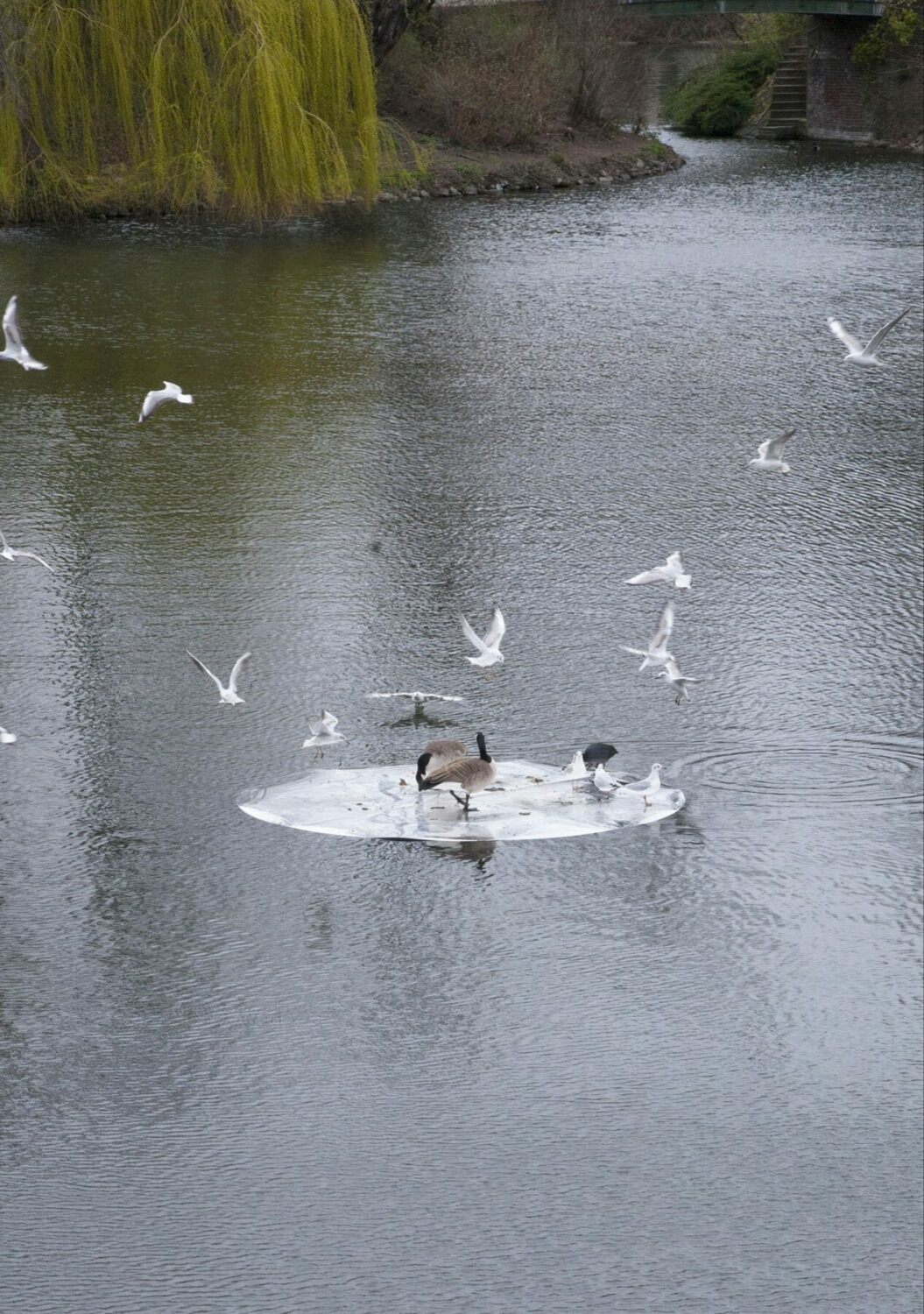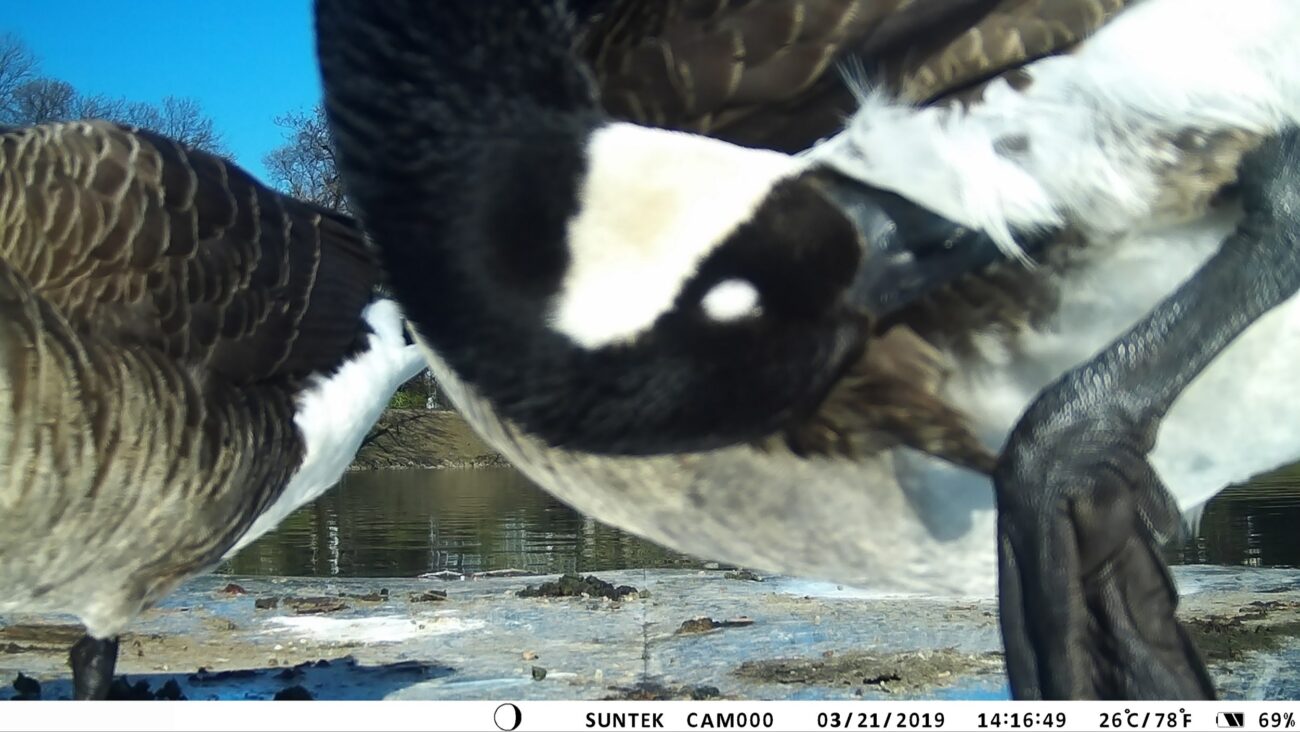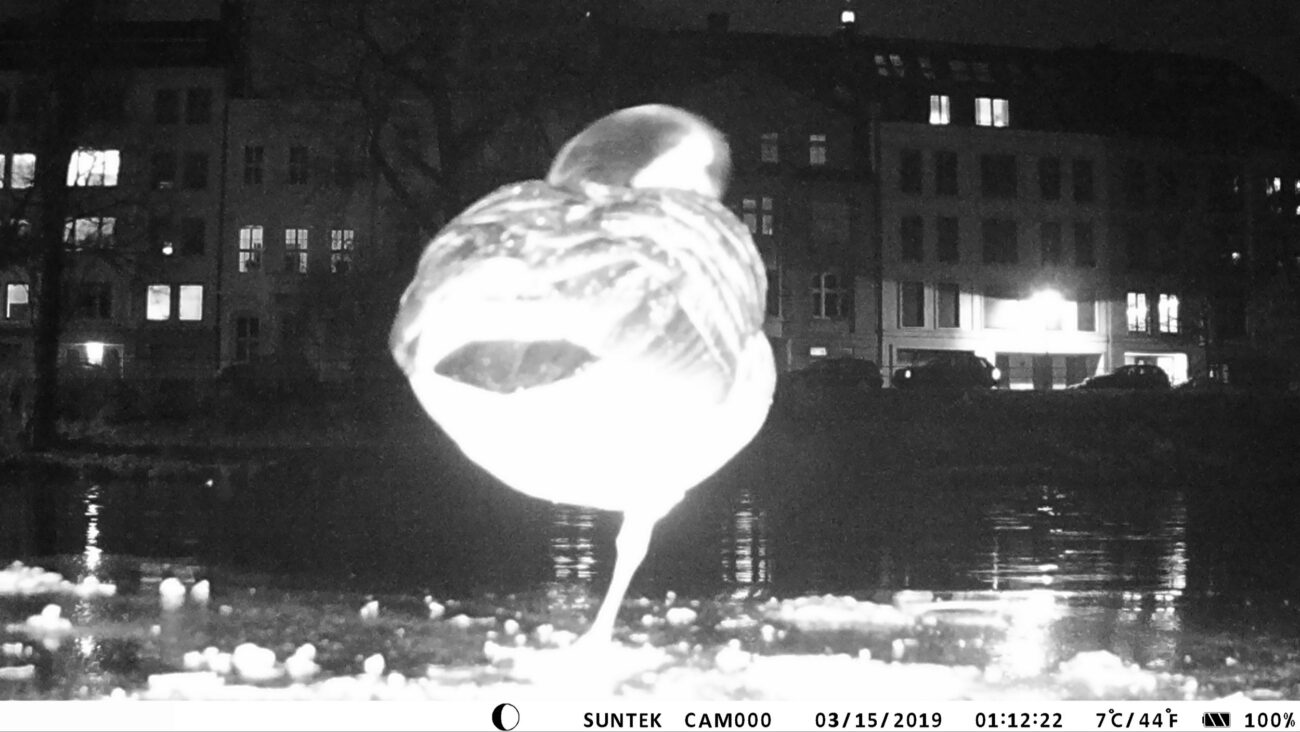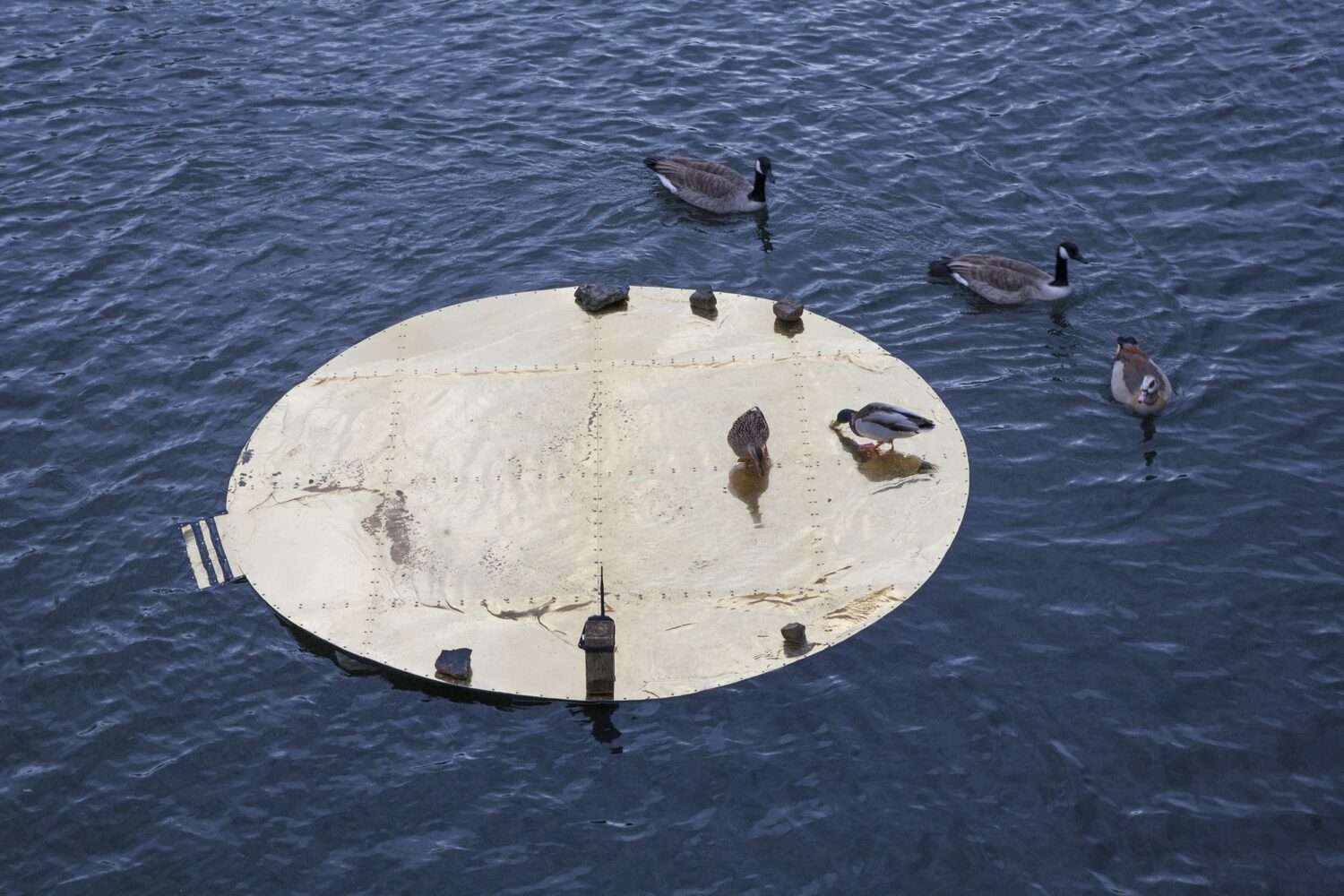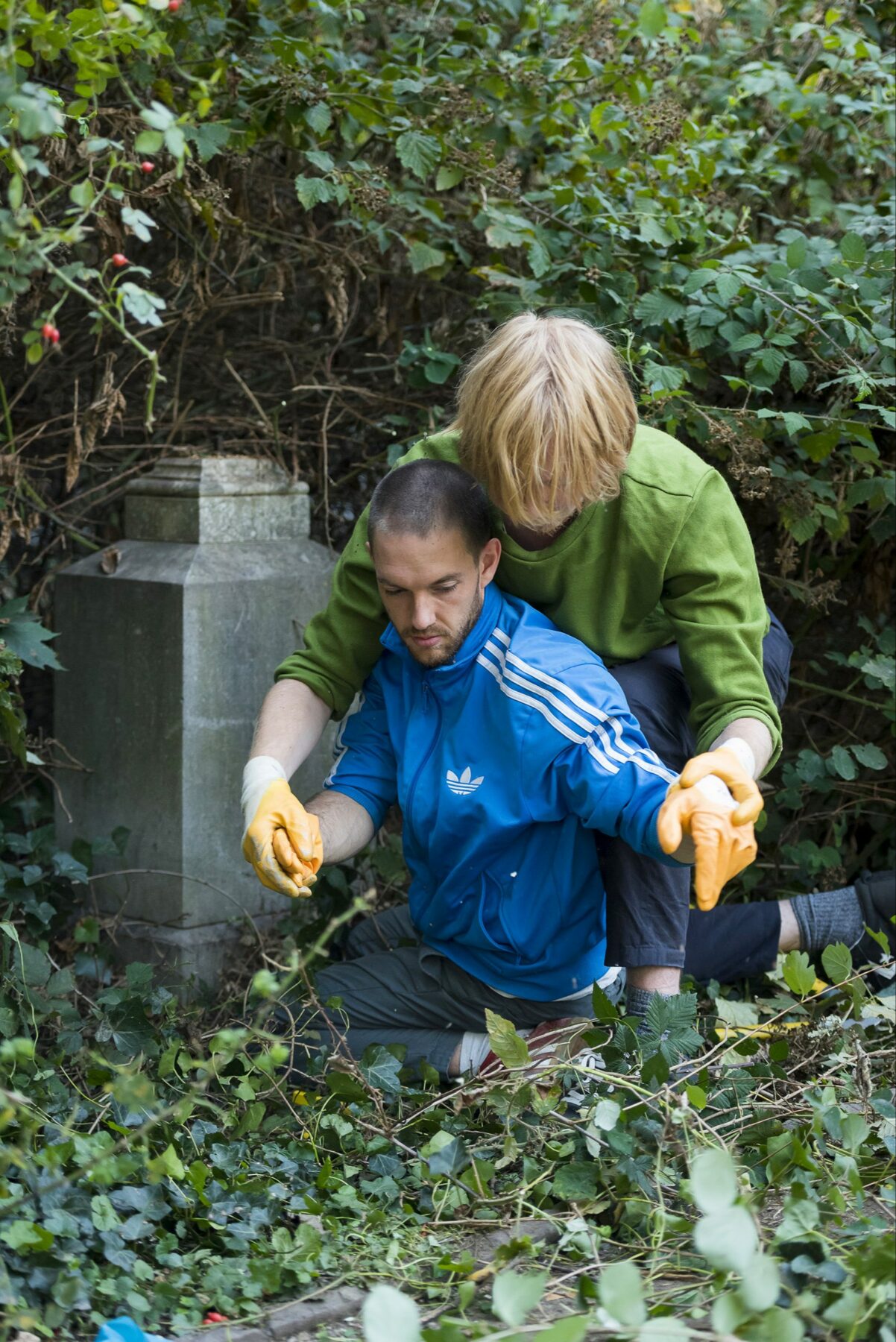
Kaffee und Haut #2 #3 /coffee and skin #2 #3 at Thresholds Performance-Festival, Düsseldorf
Video and live performance in collaboration with Marco Biermann at Thresholds-Performance-Festival, Golzheim (#2), Fabric of Art, Wuppertal (#3), 2019
read more ⟶
The video installation and performance work by the artist duo Tomas Kleiner and Marco Biermann deals with a finely motorized way of being dependent on each other. Located in everyday situations, Kleiner and Biermann experiment with moments of physical helplessness, as long as the the condition continually changes. While a clearly contoured situation – making coffee – initially begins with a definable distribution of roles (who uses whose hands for what purpose), this is reversed again and again, giving rise to moments of indeterminacy that no longer allow a stable allocation. In this way, acting together creates spaces in between, which constantly oscillate between supporting, instrumentalizing, empowering oneself over the body of the other, joining and letting oneself be guided.
The video projections shown in loops, as well as the actions performed as a live performance, thematise a mutual feeling of movement, of the physicality of the other, but also of the body as a material, a tool with its own resistance. At the same time the work does not linger merely in the mode of representation. The haptic highly charged images and the tangible objects in the room, which can be incorporated in a direct sense via smell, create an increased materiality ratio, which produces a direct physical response. In this way, the installation itself becomes an experiential space that negotiates the materiality and corporeality of the other, without allowing this to dissolve into a tactile experience of its own.
This ambiguous experience is heightened in the live performances, which in turn take up everyday practical situations. Whether preparing a coffee, hanging out the laundry or potting plants – the actions as material acts are felt above all in their temporal extension. While making coffee as a practiced, independent action would take about four minutes, here it is extended to almost four times the time. In this way, the experience of the performance goes beyond a quasi-distant observation to emerge a sense of the process as action. Thus the materiality of the performances generates a form of physical involvement that makes the resistance of the body of the other person visible, and the loss of control about the slipping coffee bean perceptible. In this way, personal everyday life becomes an experimental field of constant change, a situation that shifts the privacy of practiced actions and turns it into a field of negotiation, which allows the interaction with one another to become a resistively ambiguous and at the same time uncontrollable, attentive and sensitive practice.
Text excerpt by Svetlana Chernyshova, 2019
Medusa : floating body #2 at Crone Gallery, Berlin
Video installations, photo prints on paper, inkjet prints on PVC, UV-printed inflatables, jellyfish aquarium installation, in cooperation with Marco Biermann at Galerie Crone, Berlin, 2019
read more ⟶
After the preparation and action of the project “Medusa : floating body #1′ already had a process-oriented visibility in the Akademie Galerie in Düsseldorf, the variation “Medusa : floating body #2′ shows the photo and drone video material collected during the performance action in another artistic form, which was created site-specifically for the exhibition space of the Galerie Crone Berlin.
The complex network of the carefully prepared and negotiated mode of letting oneself be carried along with an air mattress on the busy Lower Rhine is taken up as the basis for the exhibition concept and brought into a further artistic form.
The air mattresses made of robust PVC, specially designed for this conditions, produced and printed by the artists for the installation, are presented in an alternating manner as a visual medium and exhibition furniture, inviting visitors to look at them and lie on them at the same time. Lying on one of the mattresses, with the vertical view upwards, the reverse view of the drone, the viewer can experience the feeling of ‘letting oneself go’.
In addition to the content-related examination of the concept of a childlike, free and weightless floating moment, the visual level can also be recognized as a clear construction of such a floating state, which at times lets the viewer drift along with it, but also lets him or her tip over.
more information and press articles:
Good to talk – Interview, Berghain Kantine Berlin / Facebook livestream ⟶
Periphere-Beitrag / PDF ⟶
ART-at-Berlin, Galerie Crone / PDF ⟶
Berlin-Art-Link, Galerie Crone / PDF ⟶
Kaffee und Haut #1 / coffee and skin #1, Hotel Friends / antichambre, Düsseldorf
Video-installation and live-performance at the Antichambre, Hotel Friends, Düsseldorf, 2019
read more ⟶
you will find a text of Svetlana Chernyshova and more information about the project on this page at Kaffee und Haut #2 / #3
Medusa : floating body #1 at Akademie Galerie Düsseldorf
site-specific and performative work process, installation and live action in collaboration with Marco Biermann at Akademie Galerie, Düsseldorf, 2019
read more ⟶
At the beginning of 2019 Tomas Kleiner and Marco Biermann got the opportunity to develop a process-oriented and non-determined performance project. An exhibition offer from the Akademie Galerie Düsseldorf for the exhibition “Polke und die Folgen” was the starting point for showing the project entitled “Medusa : Floating Body” in its first conceptual and preparatory phase in the exhibition.
Based on the romantic impulse to break out of the everyday, result-oriented routine and to set off for new shores in an unguided way, the intention with this project was to initiate a social negotiation in a playful way. This impulse led to the idea of floating on the Rhine on an air mattress specially made for the project, to pass Krefeld and Duisburg to an unknown destination.
The process of performative negotiations for having a possibility to realize this idea is probably the main component of the artistic work. The artists have entered into an intensive dialogue with the DLRG Düsseldorf/Krefeld and Duisburg, the water and shipping authorities of the various regions, the water protection police, the public order offices and the district government of Düsseldorf’s aviation authority, in order to negotiate an artistic form together in a lively and participatory debate that intertwines official requirements with aesthetic ideas. On the basis of fine formulations and reformulations, an artistic project has thus been created that negotiates the childlike impulse of the casual “letting oneself drift” with the strict official requirements and federal waterway laws and leads to a contemporary, secure and approved “Freedom 2.0”.
The conclusion of this preparatory phase and the exhibition in the Akademie Galerie was the performance action on the Rhine, which started on June 30th from the Rhein-Knie-Brücke in Düsseldorf and in which the artists let themselves drift on the Rhine past Krefeld and Duisburg.
The performative moment revolves around the precarious and liberal-romantic feeling of behaving in an everyday and self-evident way despite all the tightly-knit protective framework – in relation to the complex situation of floating in the middle of the federal waterway, between the two DLRG boats flanking the mattress and under the drone buzzing above the performers.
Is it possible to create a free space in a performative way within the strict official restrictions?
floating circles, K21 Kunstsammlung NRW
site-specific, artistic-research project in collaboration with Aurel Dahlgrün, the animal inhabitants and the Kaiserteich/Schwanenspiegel, installation, performance, video, found objects, documents, sketches and photo-engravings, K21 Kunstsammlung NRW, Düsseldorf, 2019
read more ⟶
The work “floating circles”, conceived by Tomas Kleiner and Aurel Dahlgrün in collaboration for the exhibition at K21, is the result and visibility of an ongoing process of artistic engagement with the site.
The special interface of museum space and water becomes the starting point for the search for artistic perspectives, interactions and involvements with the constantly changing ecosystem “Kaiserteich / Schwanenspiegel”.
In dealing with the two spaces in the exterior and interior of the museum, the artists formulate their own form of visibility and communication. While the action space on the lake already acquires its own visibility through the floating platforms and the actions in public space, the interior space does not remain a closed presentation space. In addition to the diverse research material, such as a video collection of previous dives and animal studies projected onto the ceiling, heliogravures of the different perspectives on the Kaiserteich, and a shelf stocked with found objects, sketches, documents, and books, the interior space with its performative elements is also freed from its mode of pure presentation and representation.
By means of the diving equipment and the rubber dinghy, which were also used again and again during the exhibition, but also by means of elements such as the underwater view via a live endoscope camera with a view into the Kaiserteich and a wildlife camera that sent moving images from the islands positioned outside into the museum space, which were printed out there in real time, the interior space is also mainly turned into an active research, reflection and storage space, from which further investigations and interventions were started at irregular intervals.
more information and press articles:
Projekt bei Aurel Dahlgrün ⟶
WZ – mit der Kamera im Kaiserteich / PDF ⟶
Planet 58 K21 / PDF ⟶
Report-D Rundgang mal anders / PDF ⟶
RP Online – Museumspremiere für die Stars von morgen / PDF ⟶
WAZ – Akademie Absolventen in der Kunstsammlung / PDF ⟶
